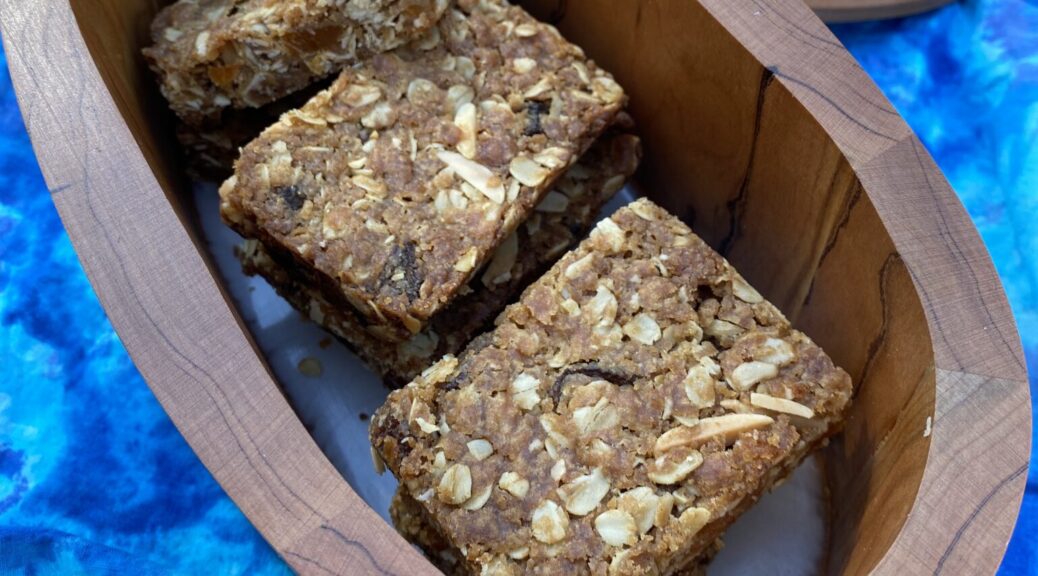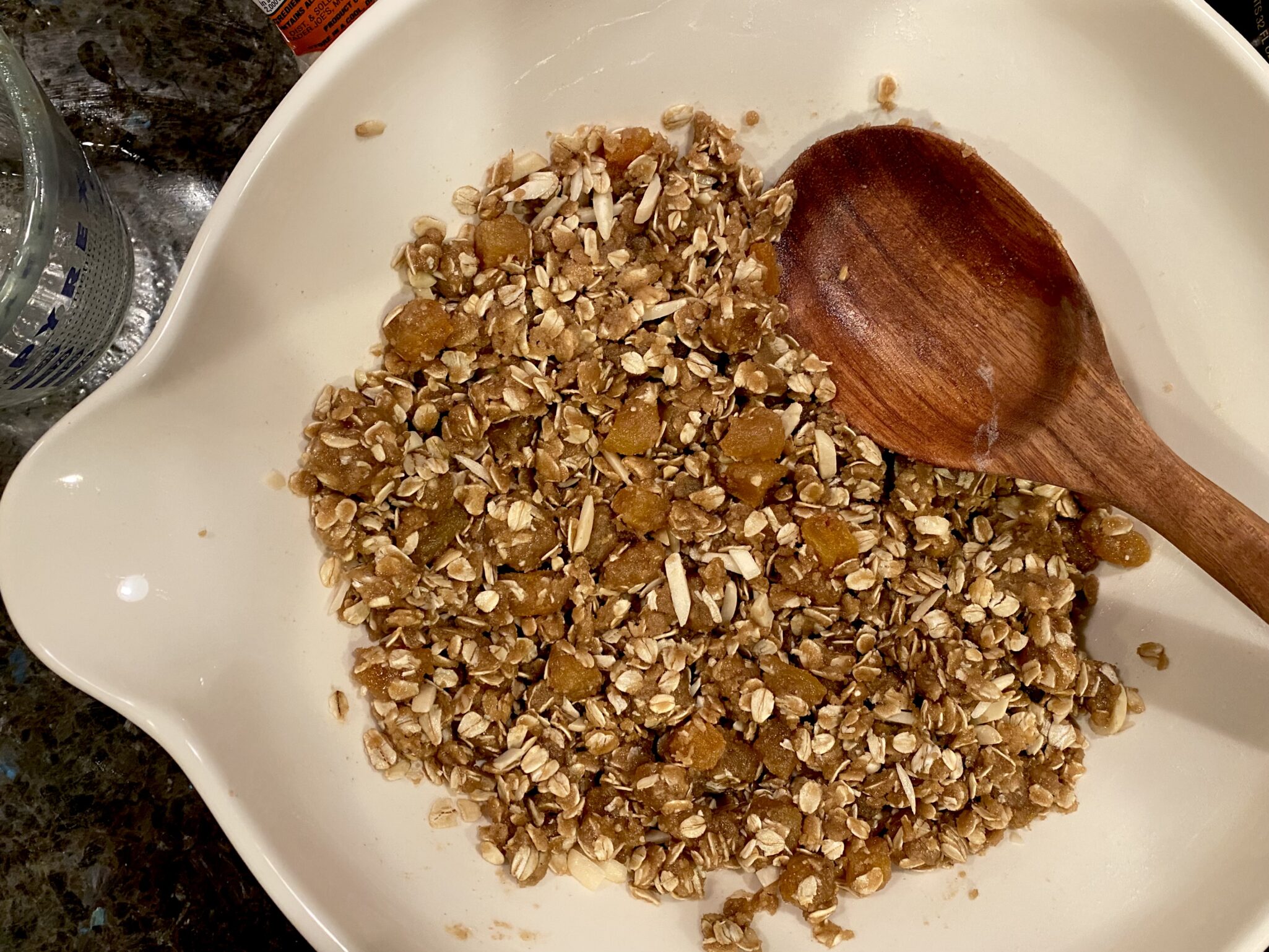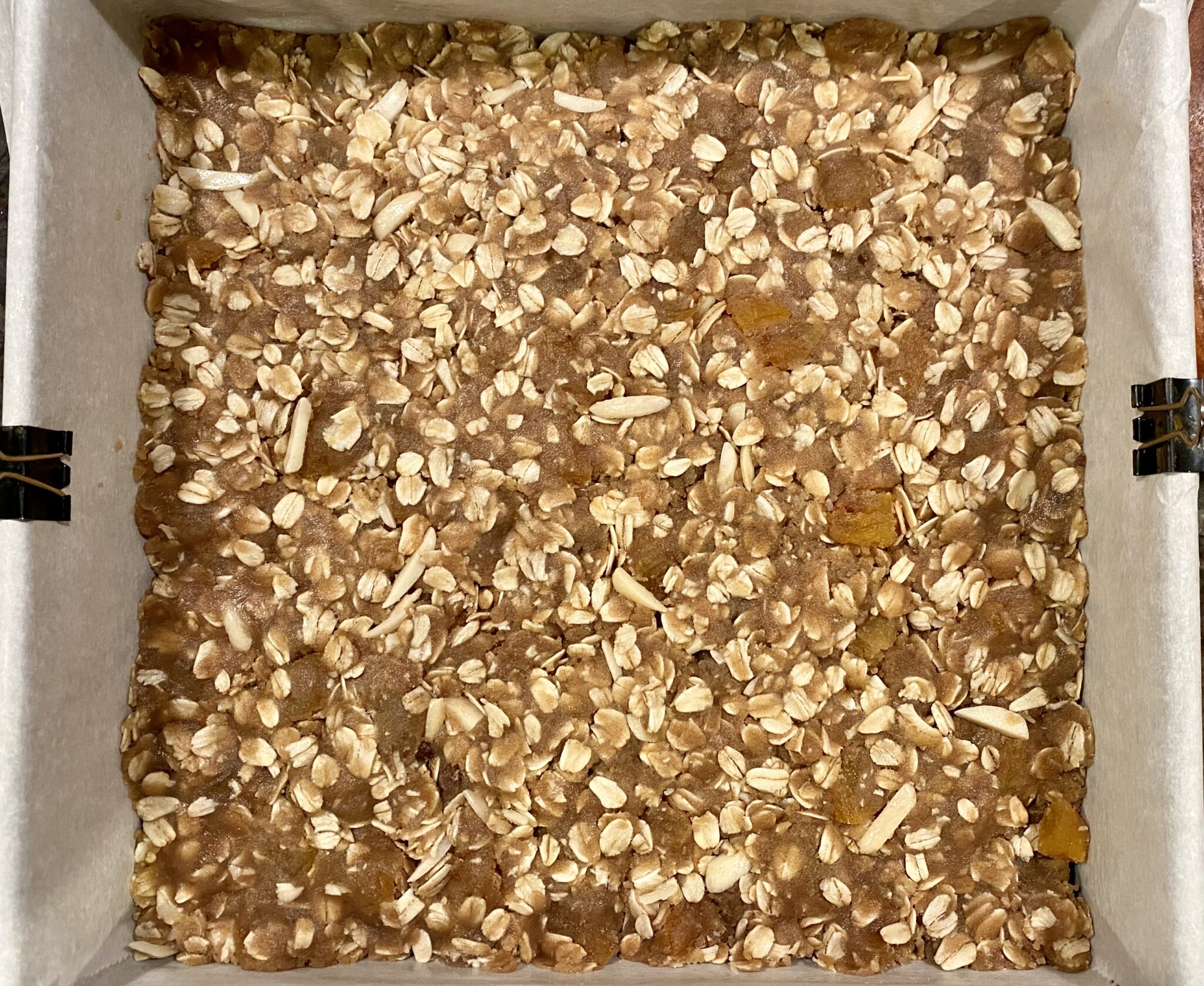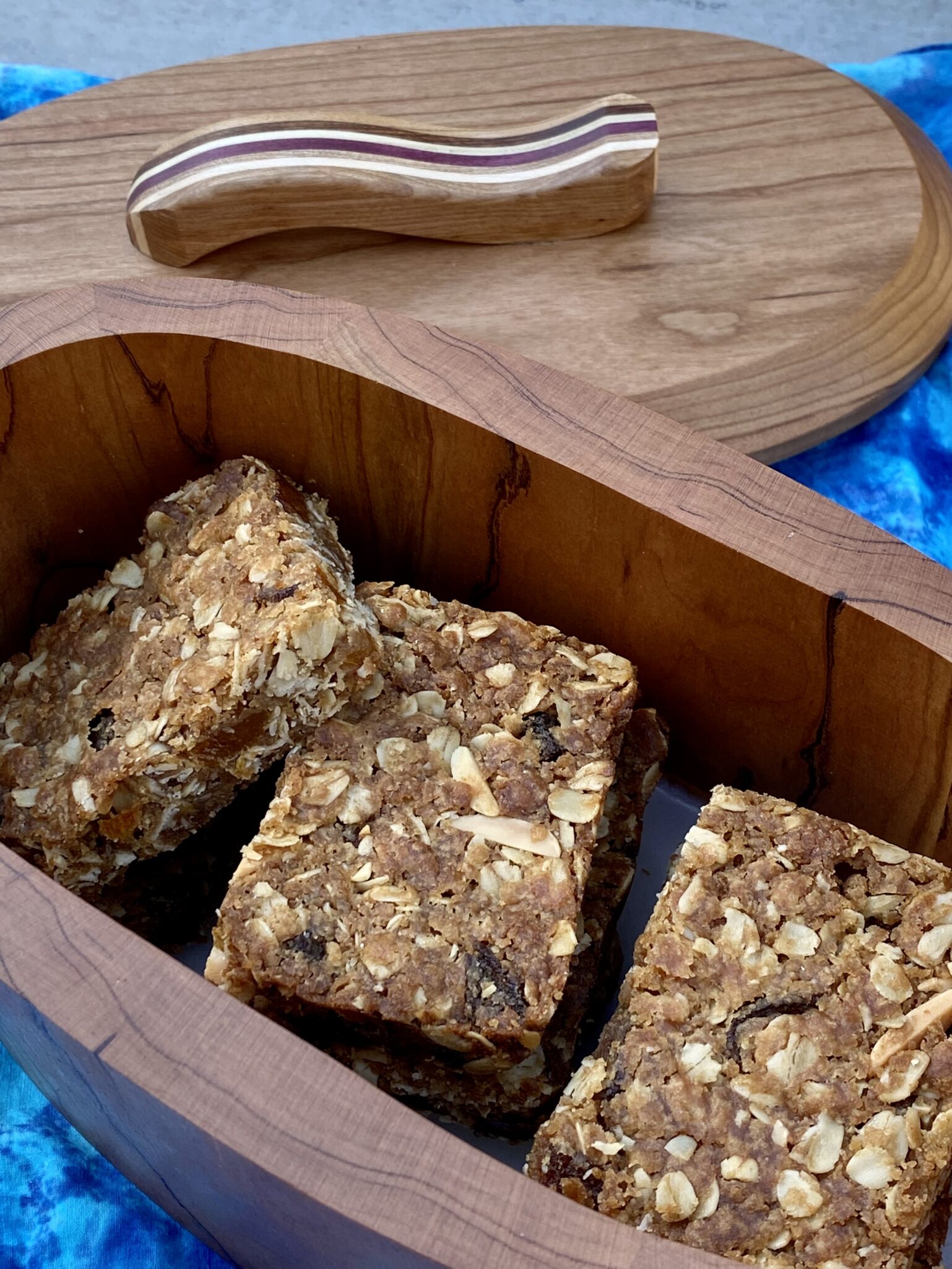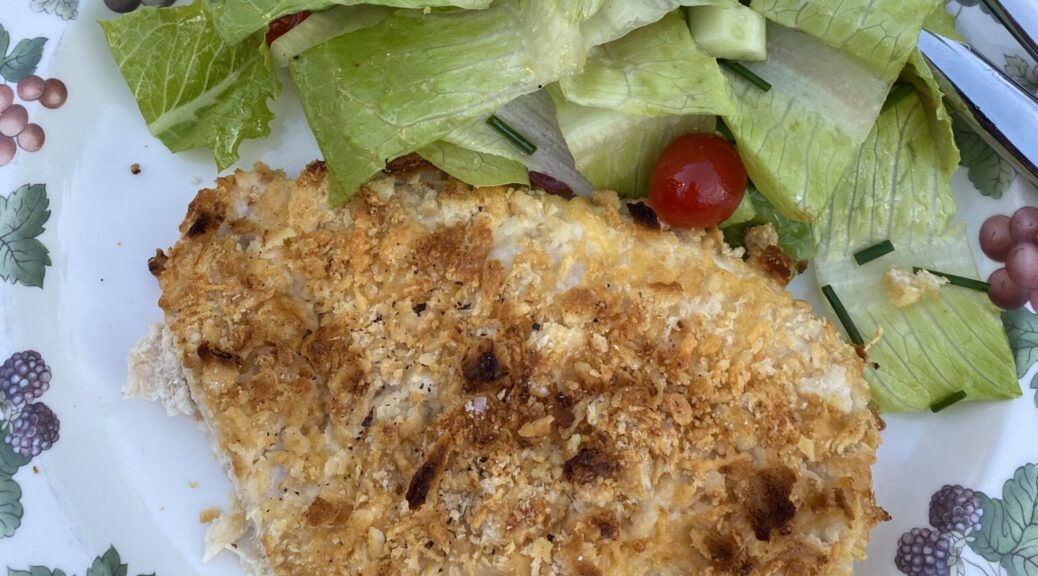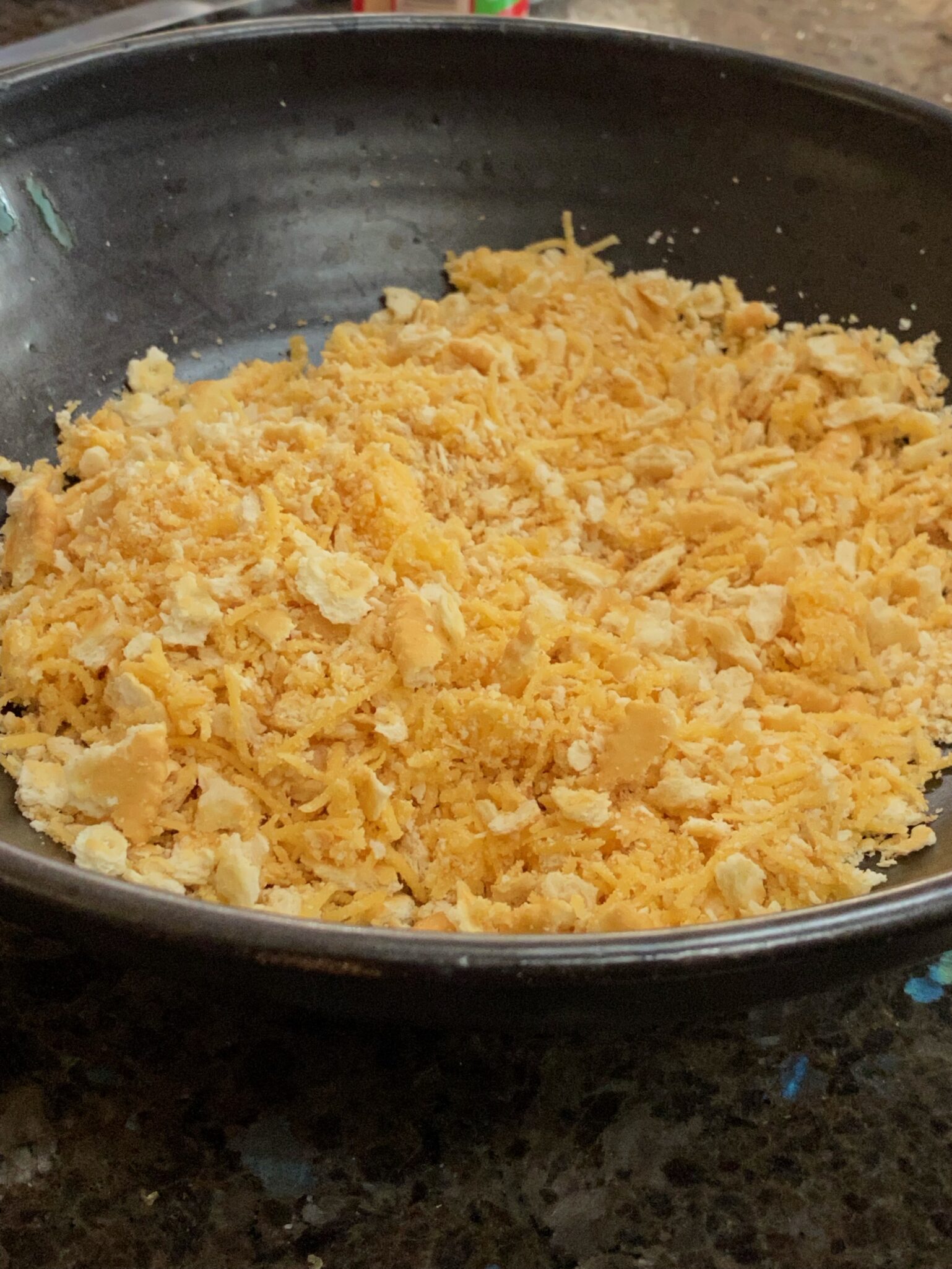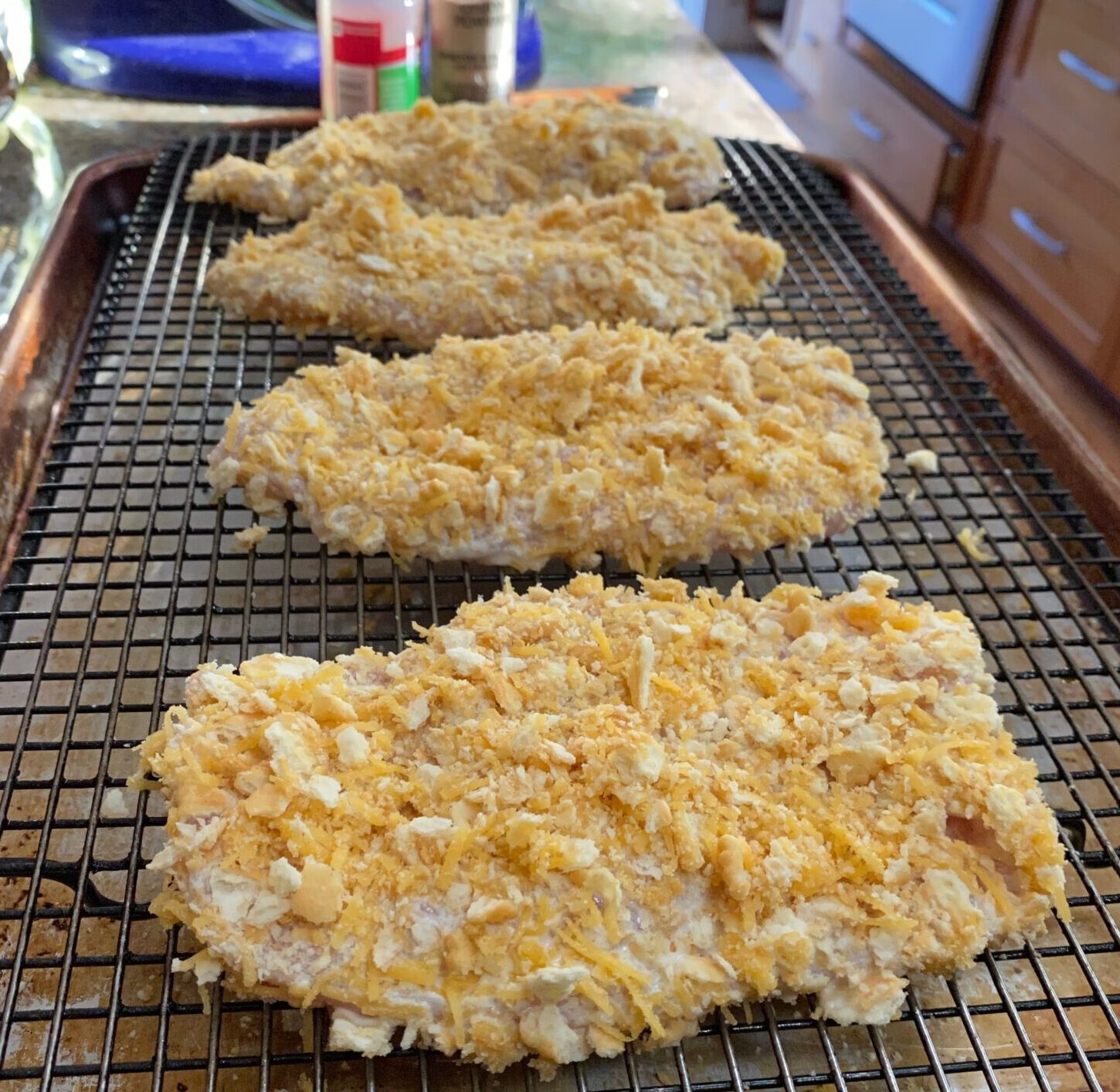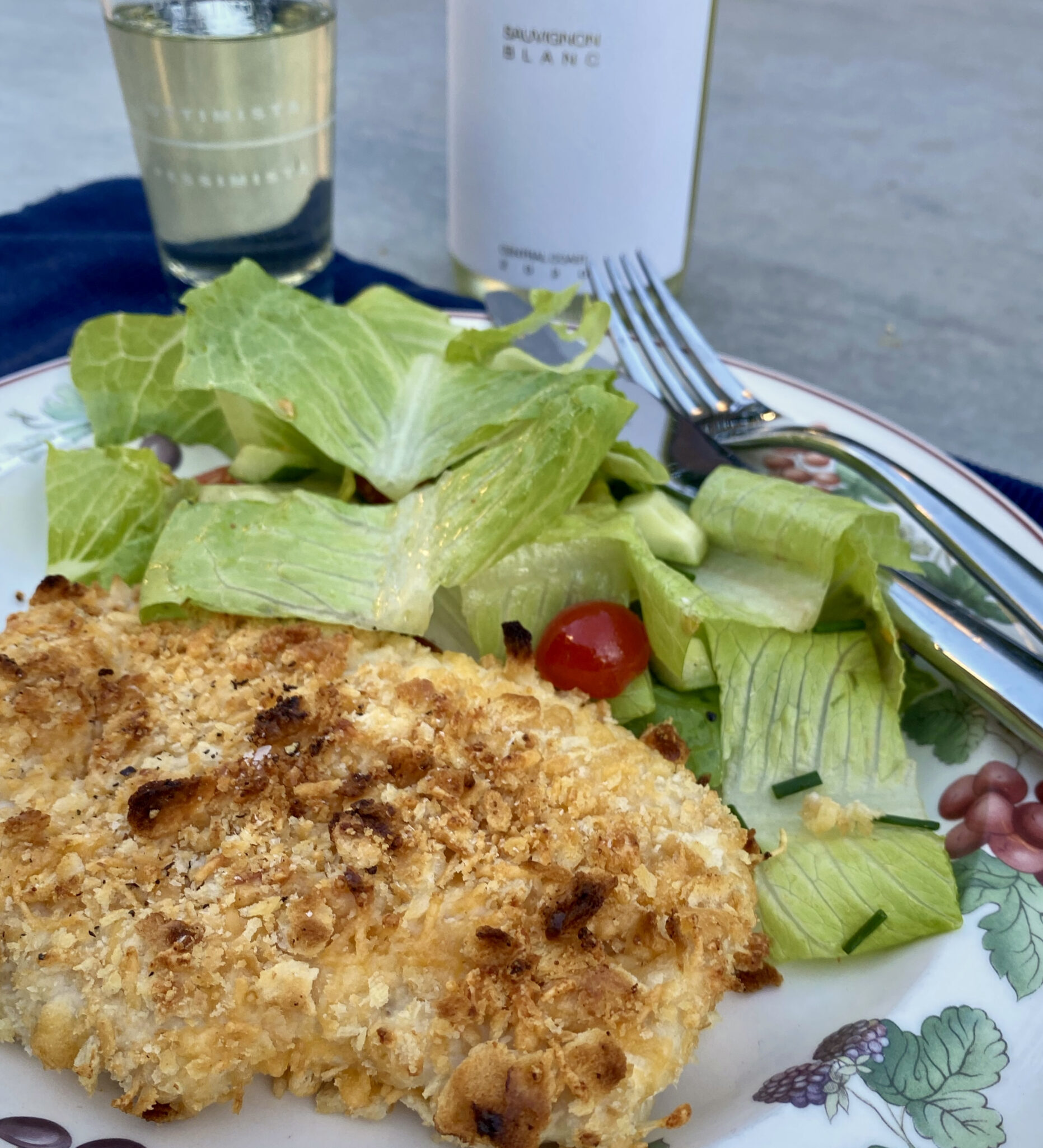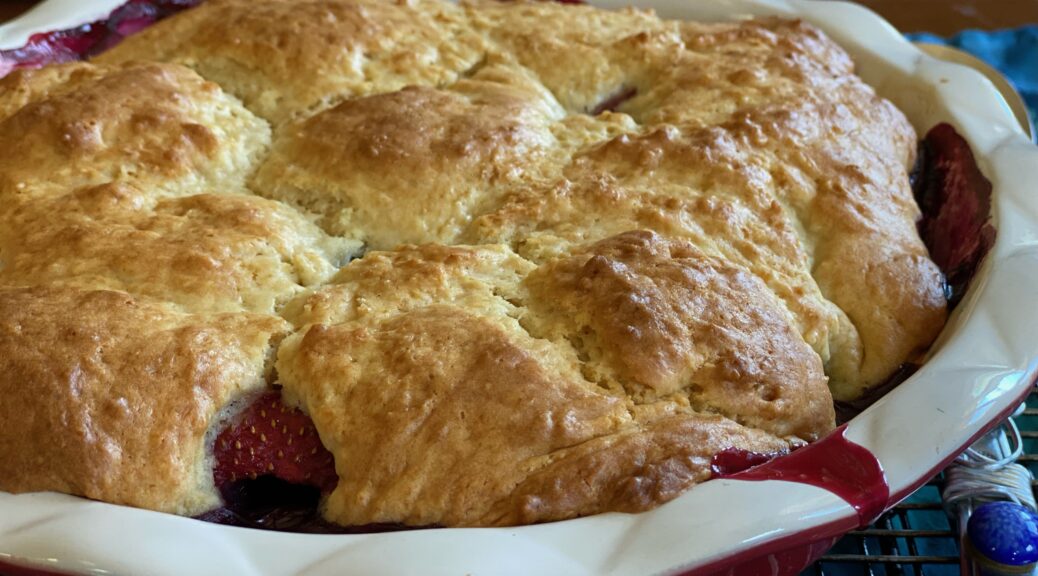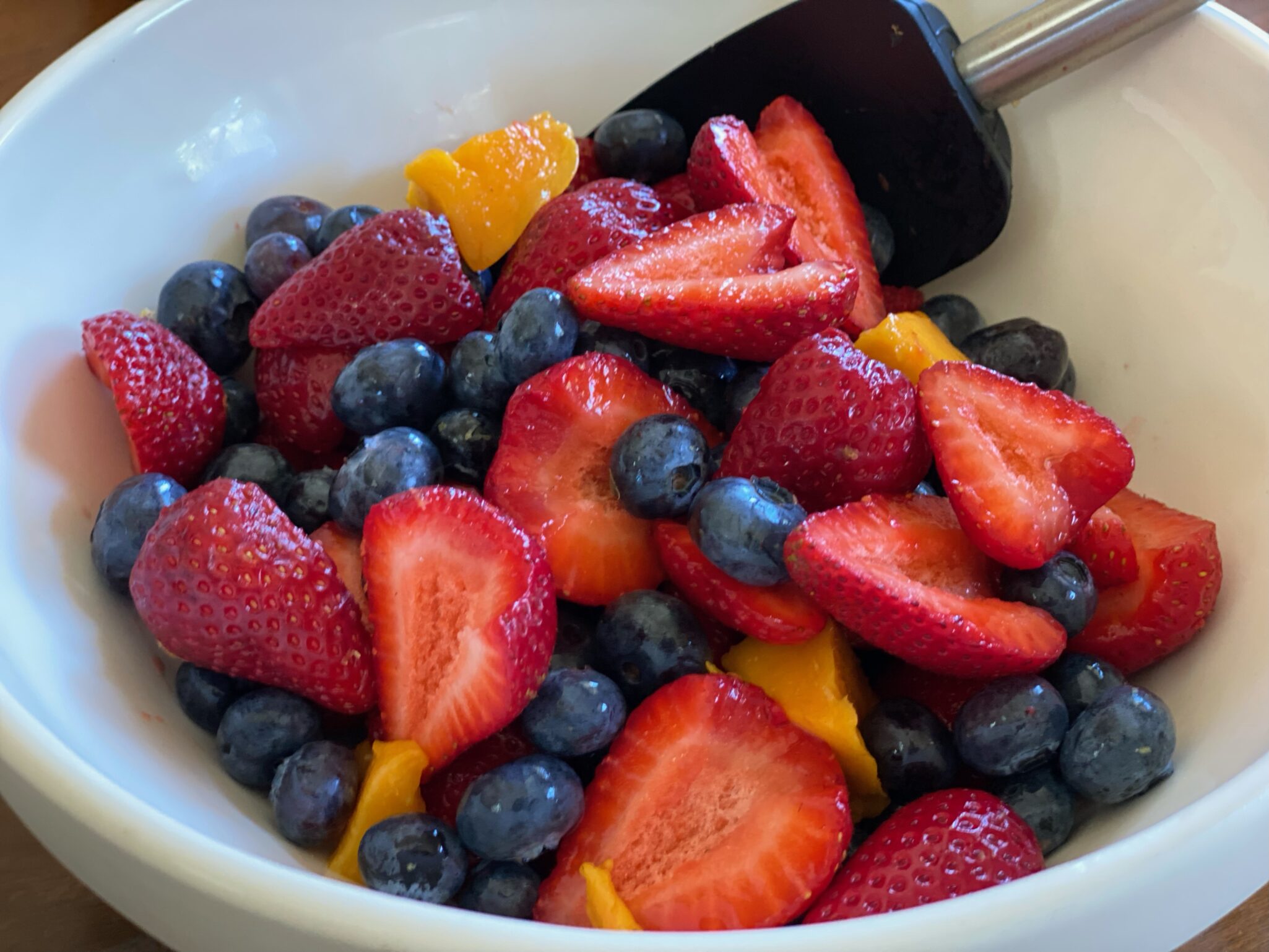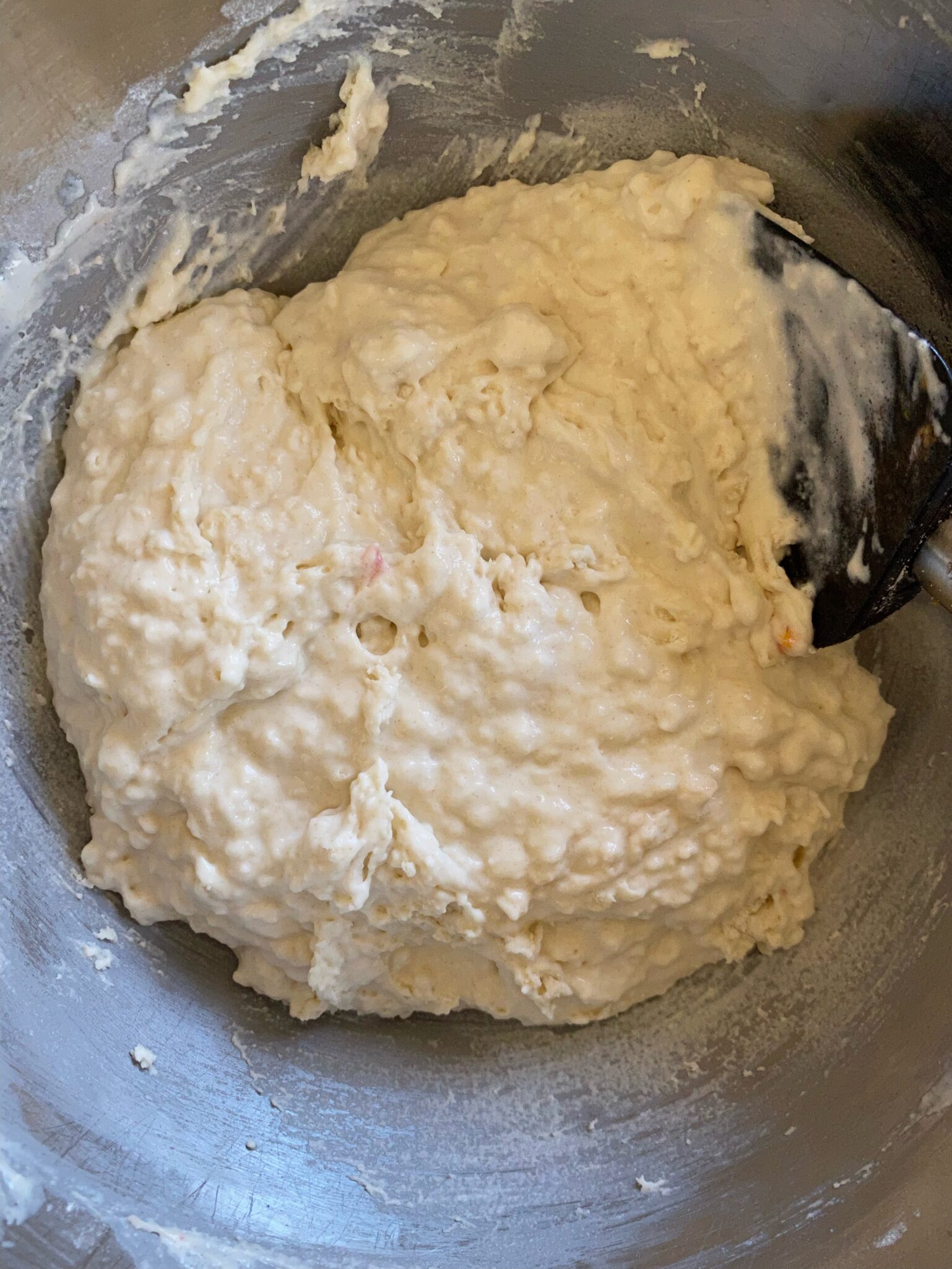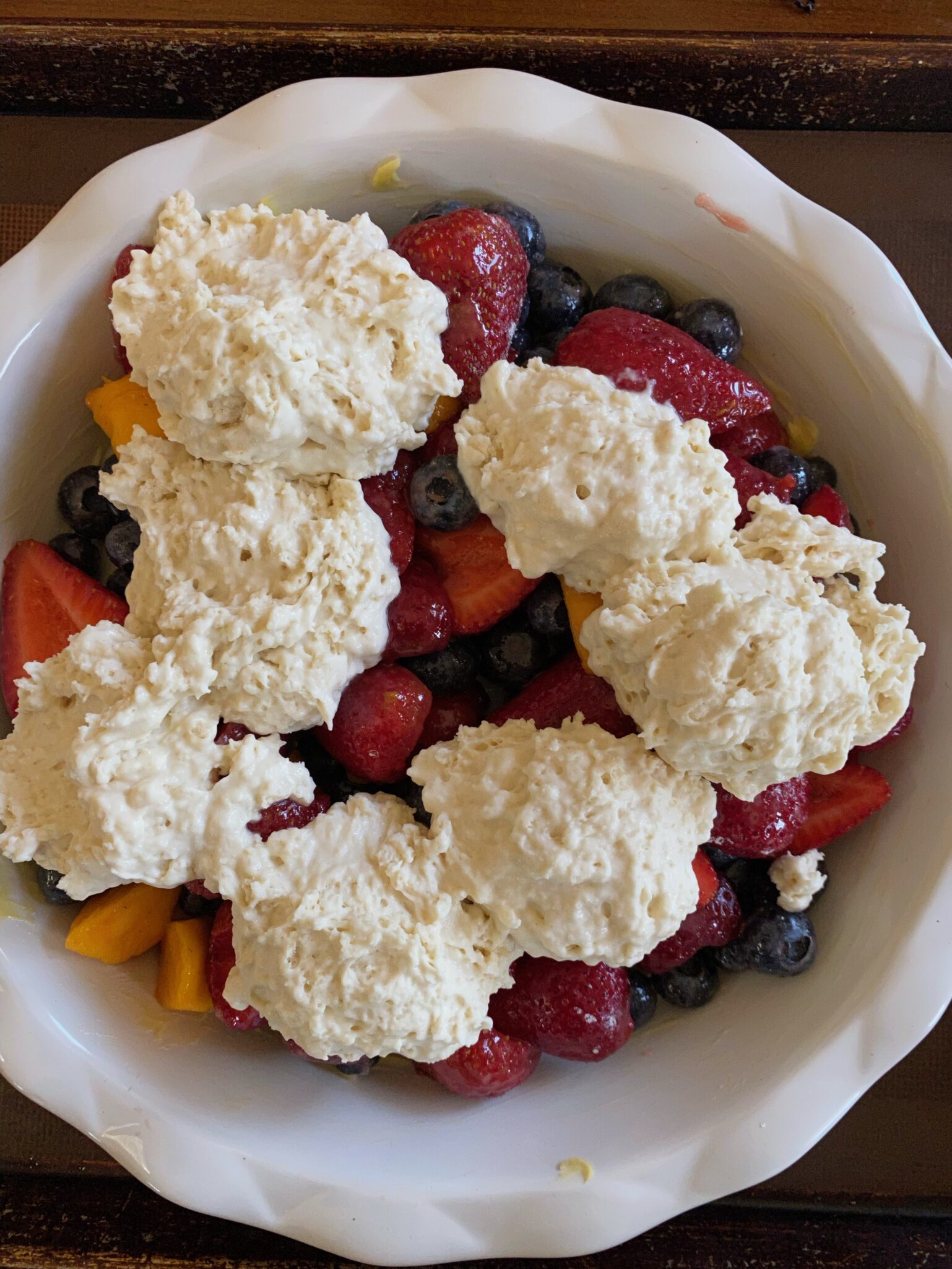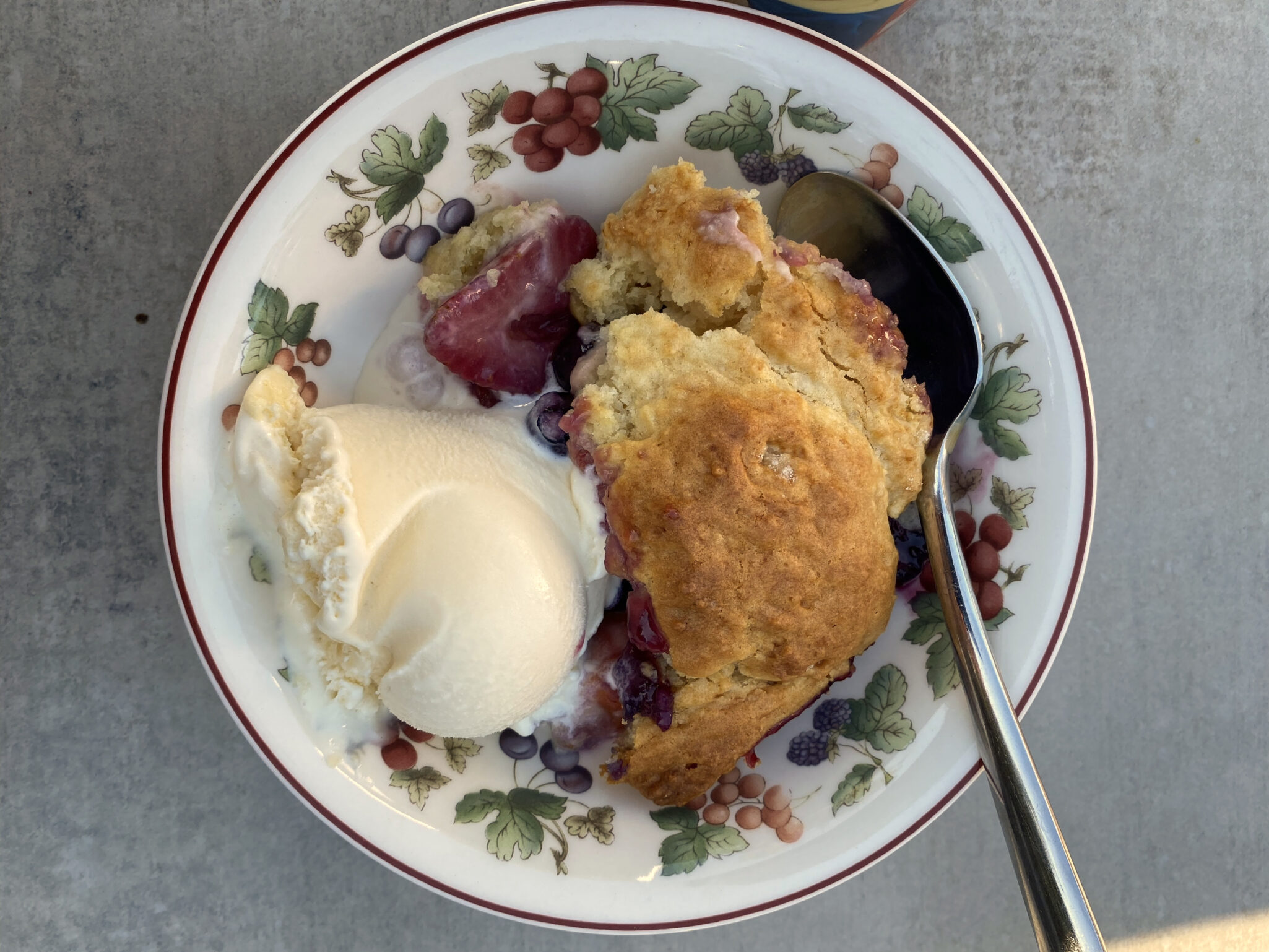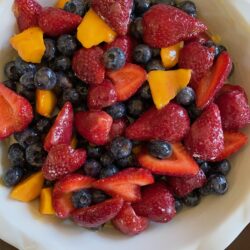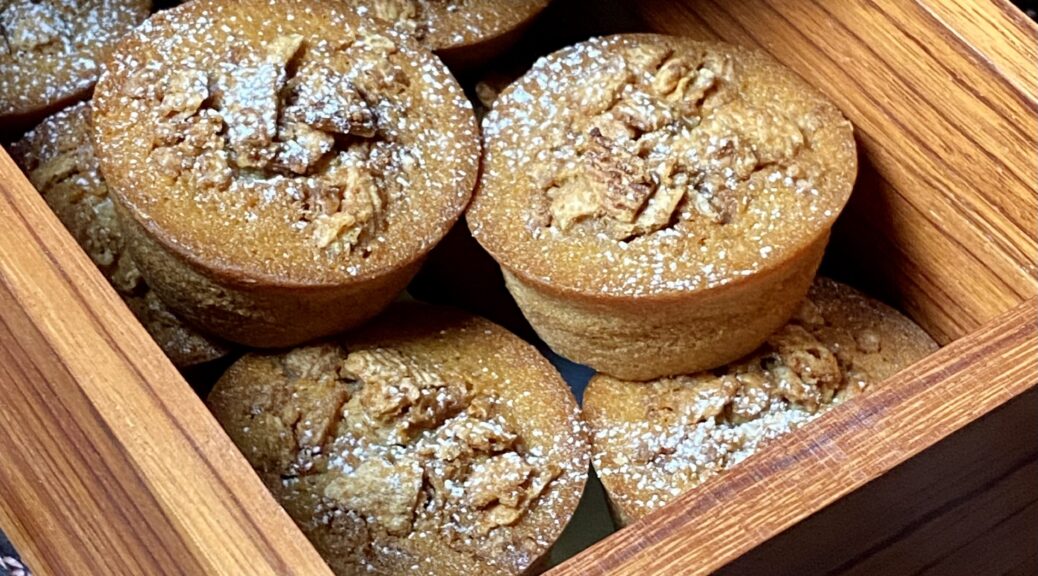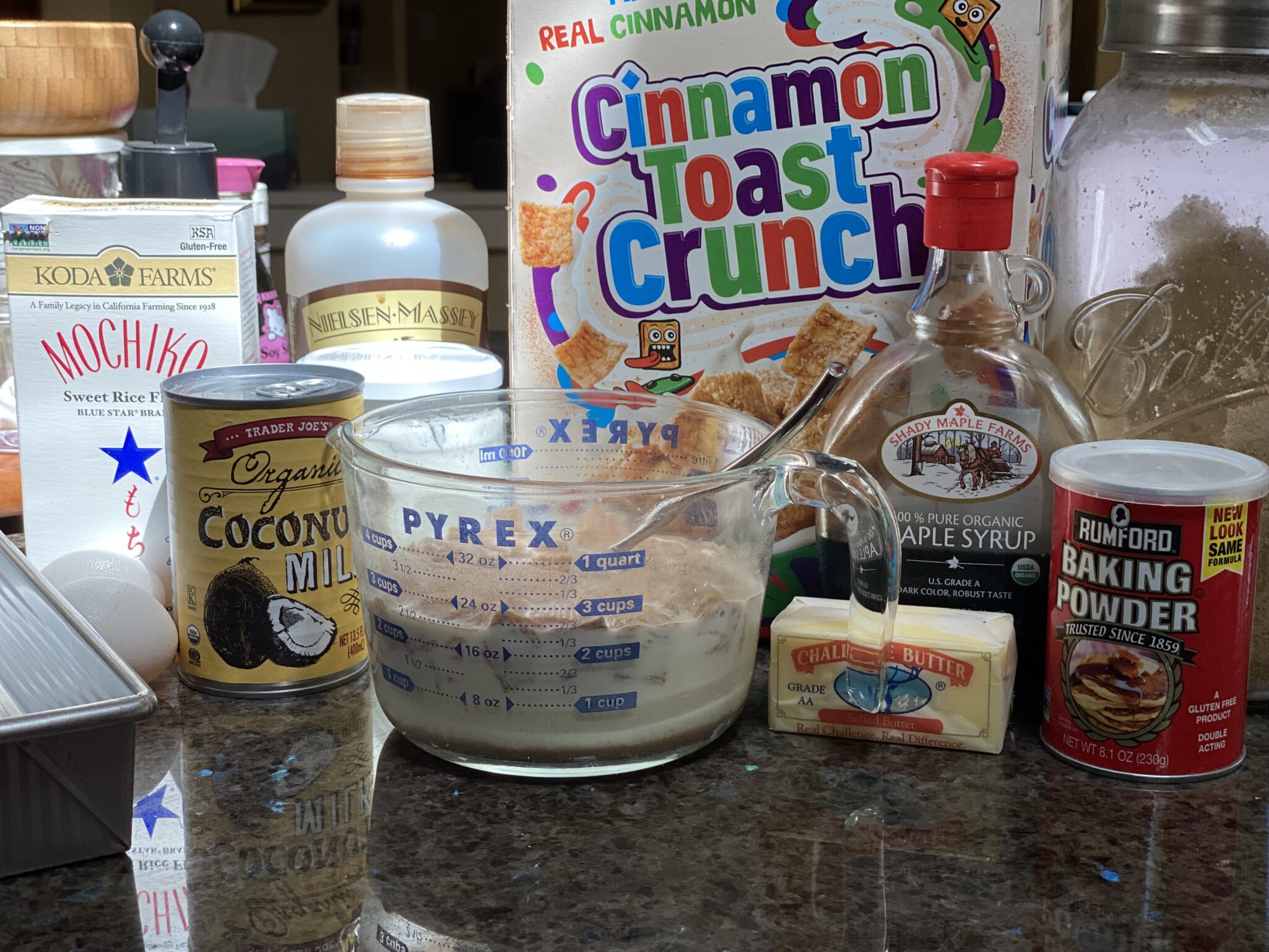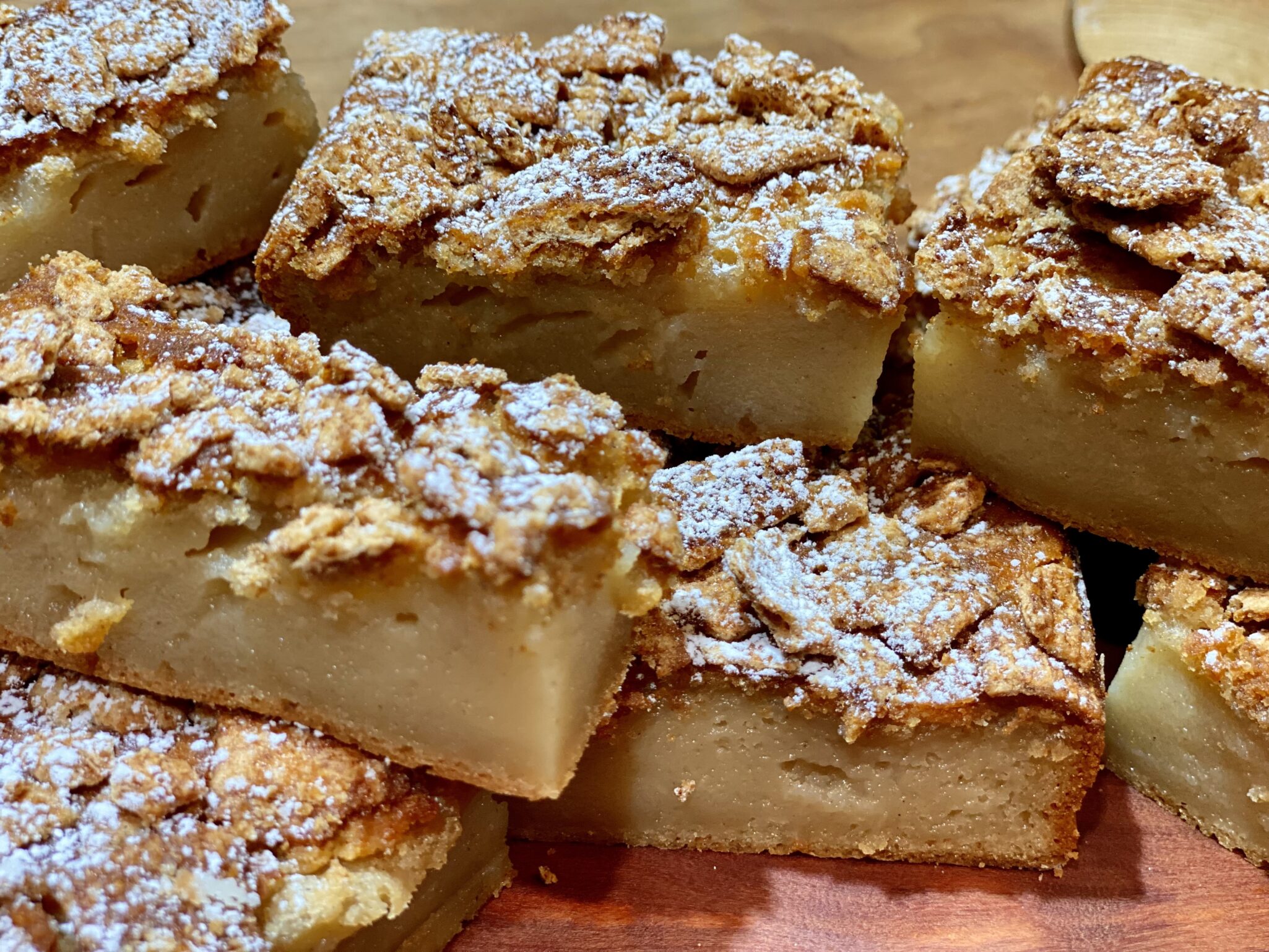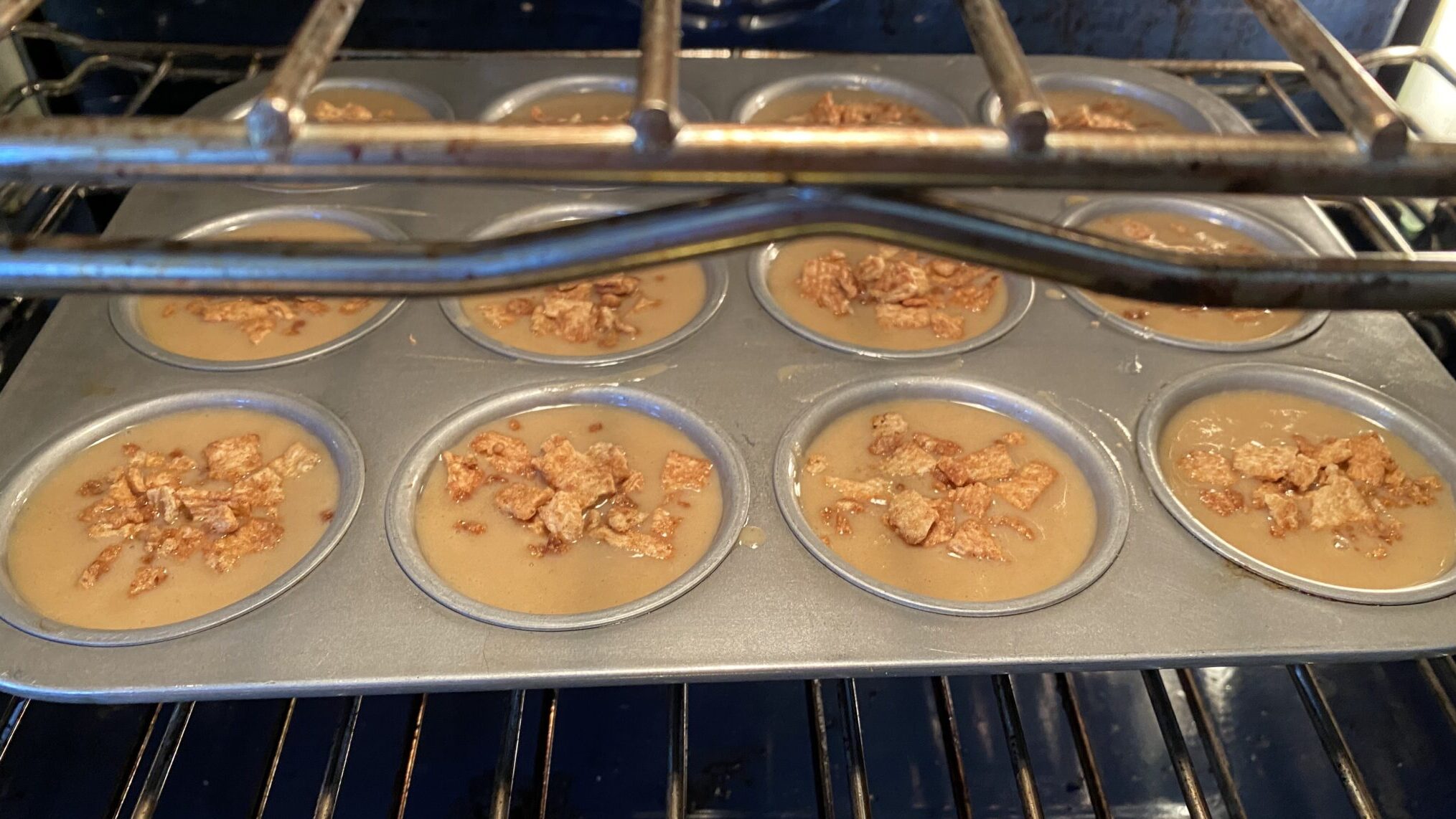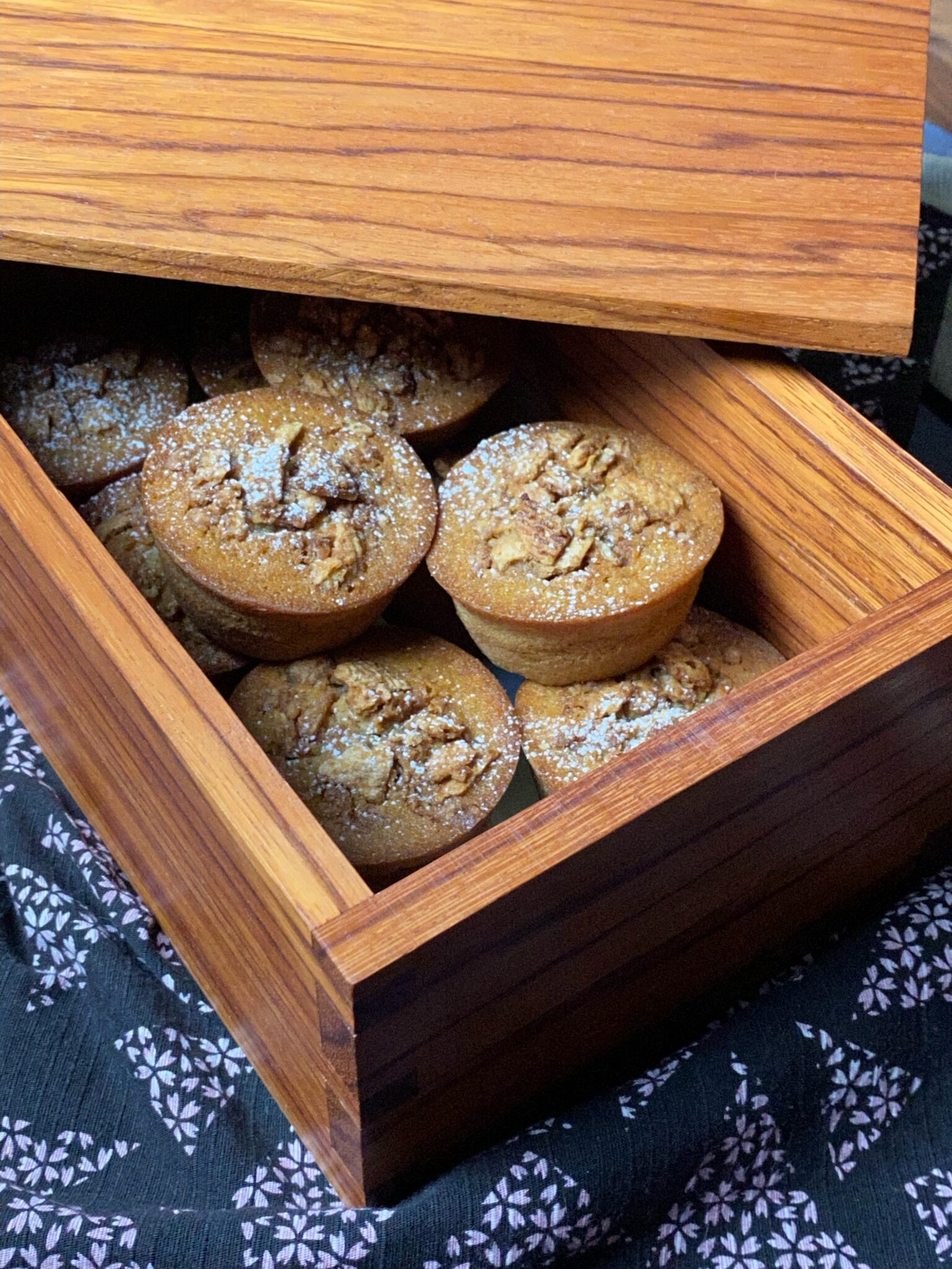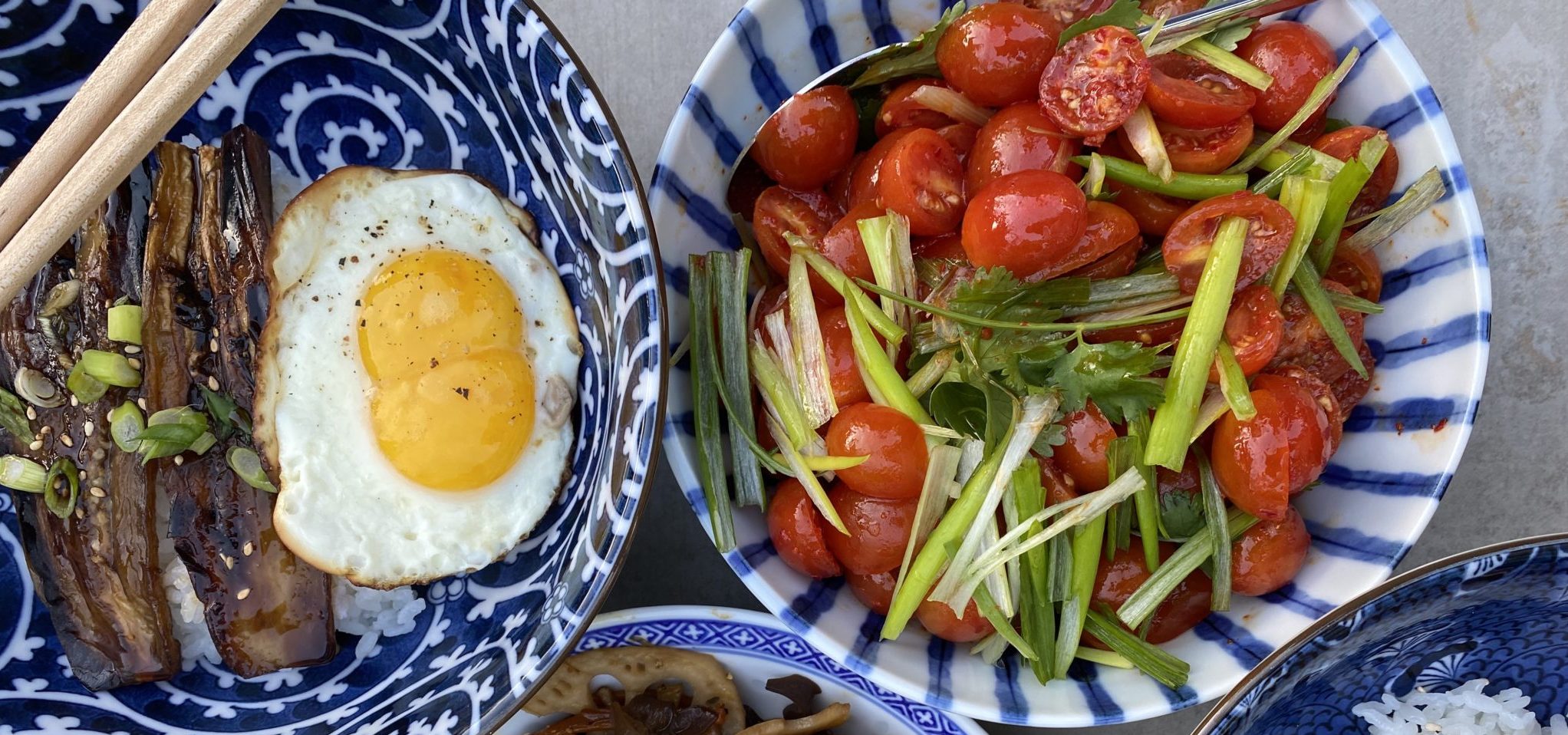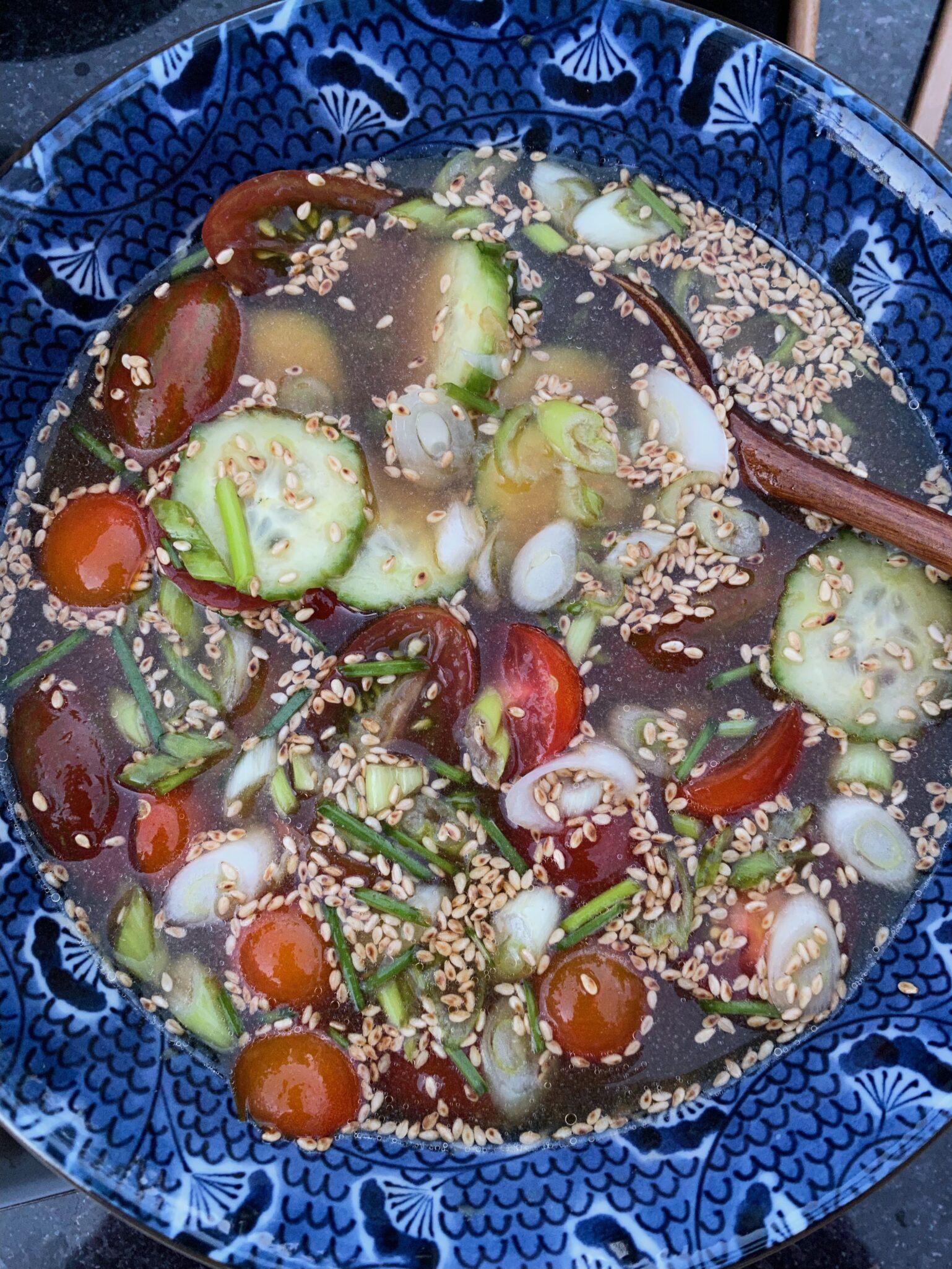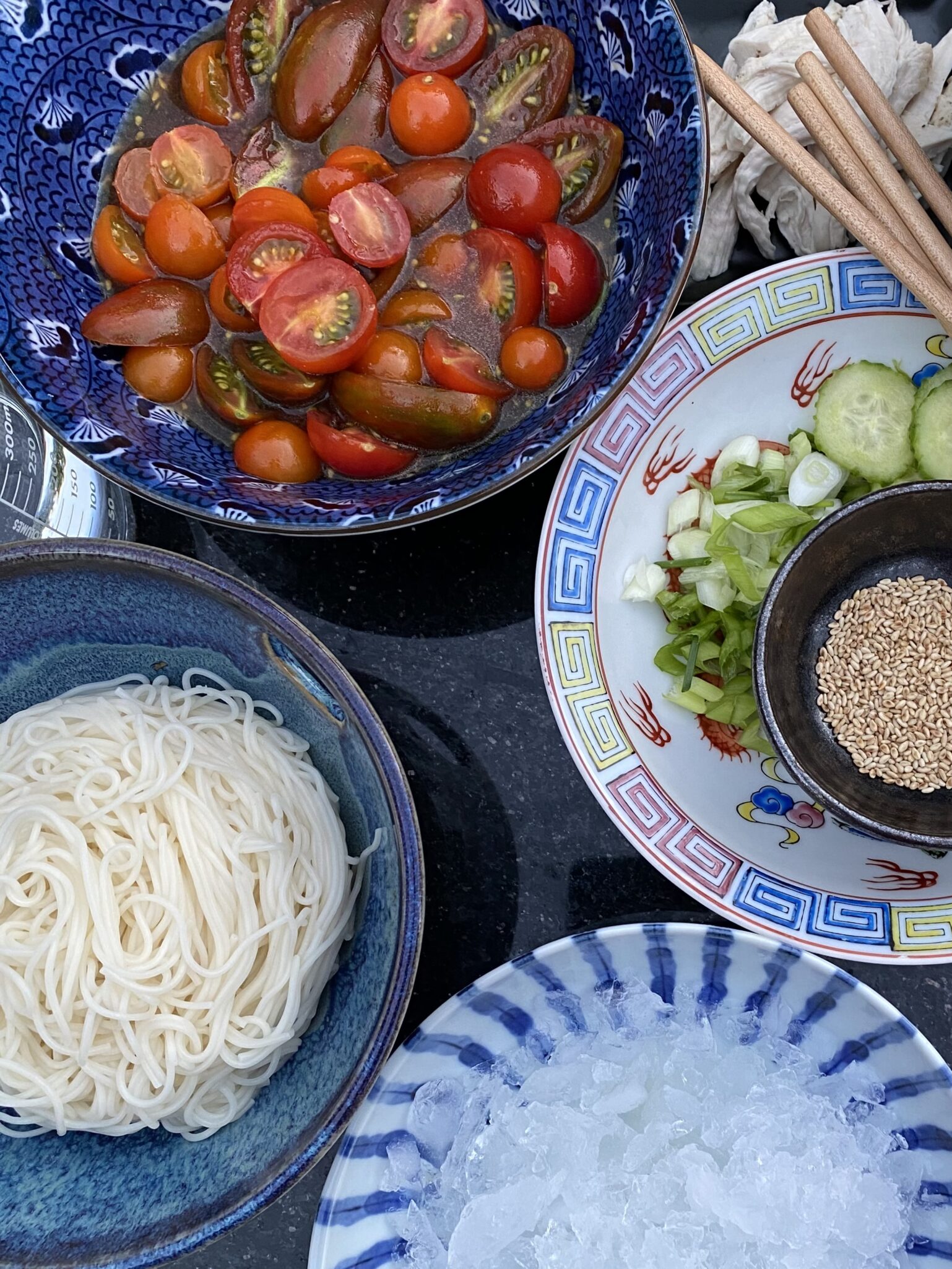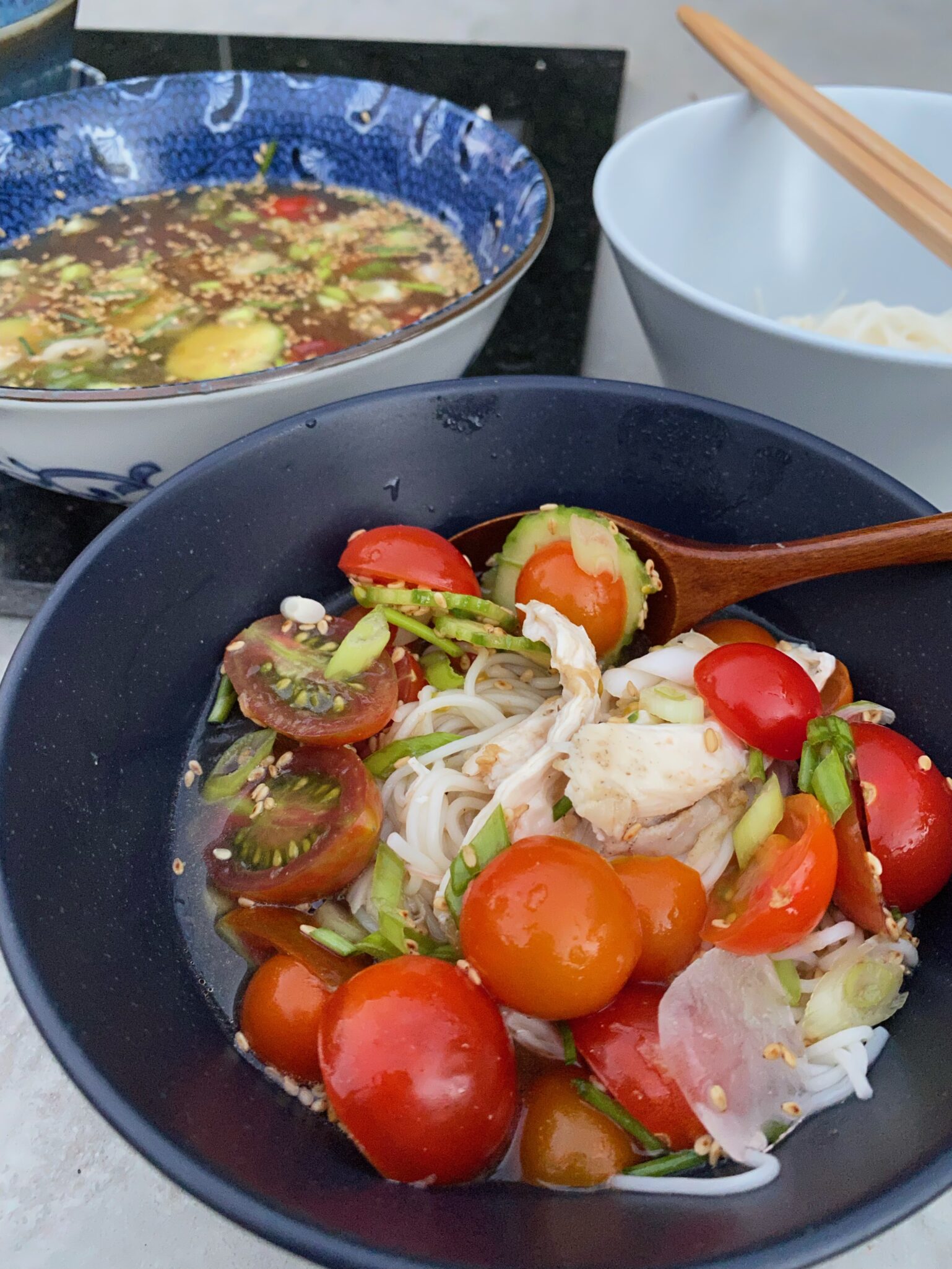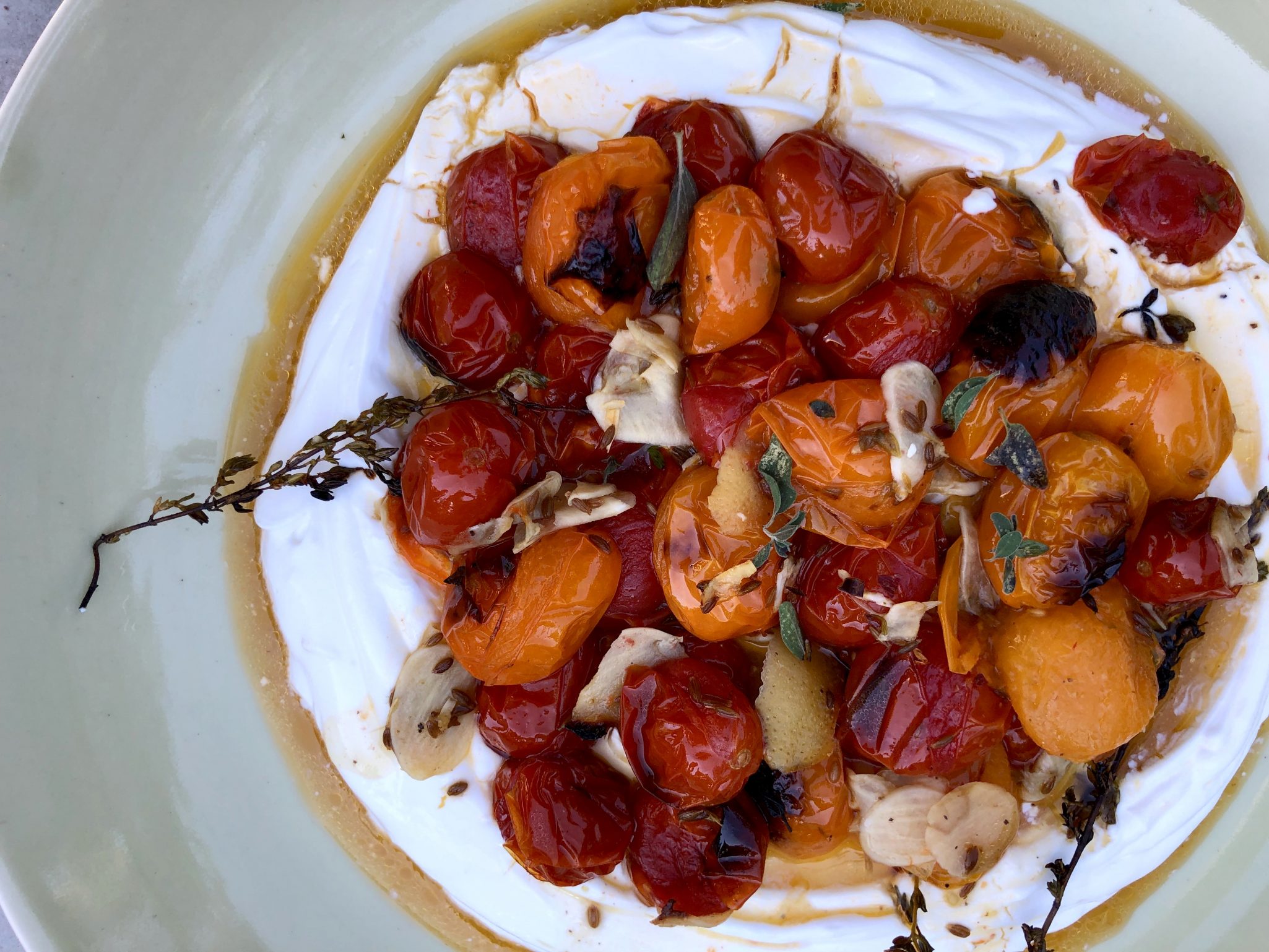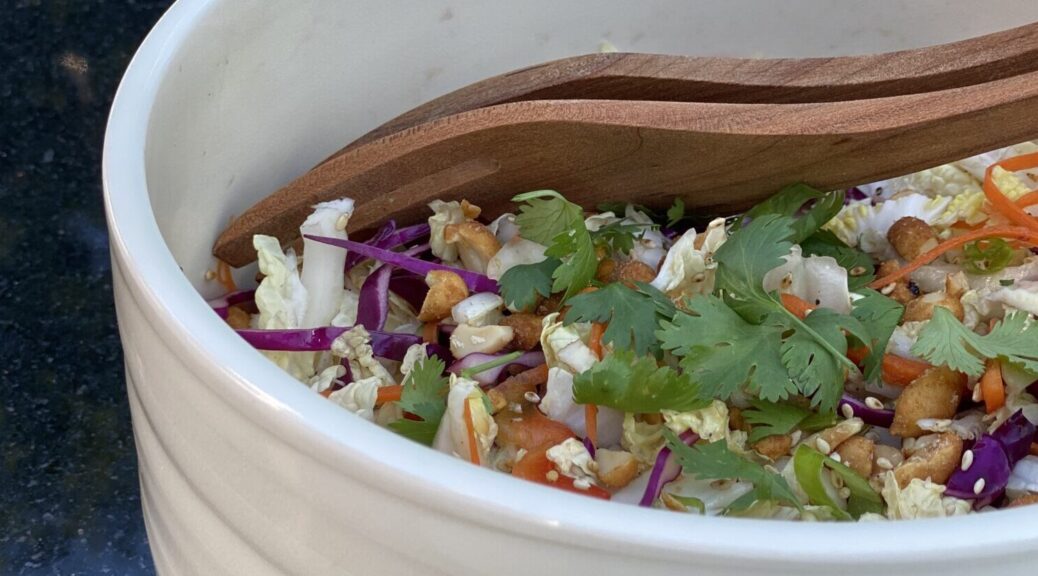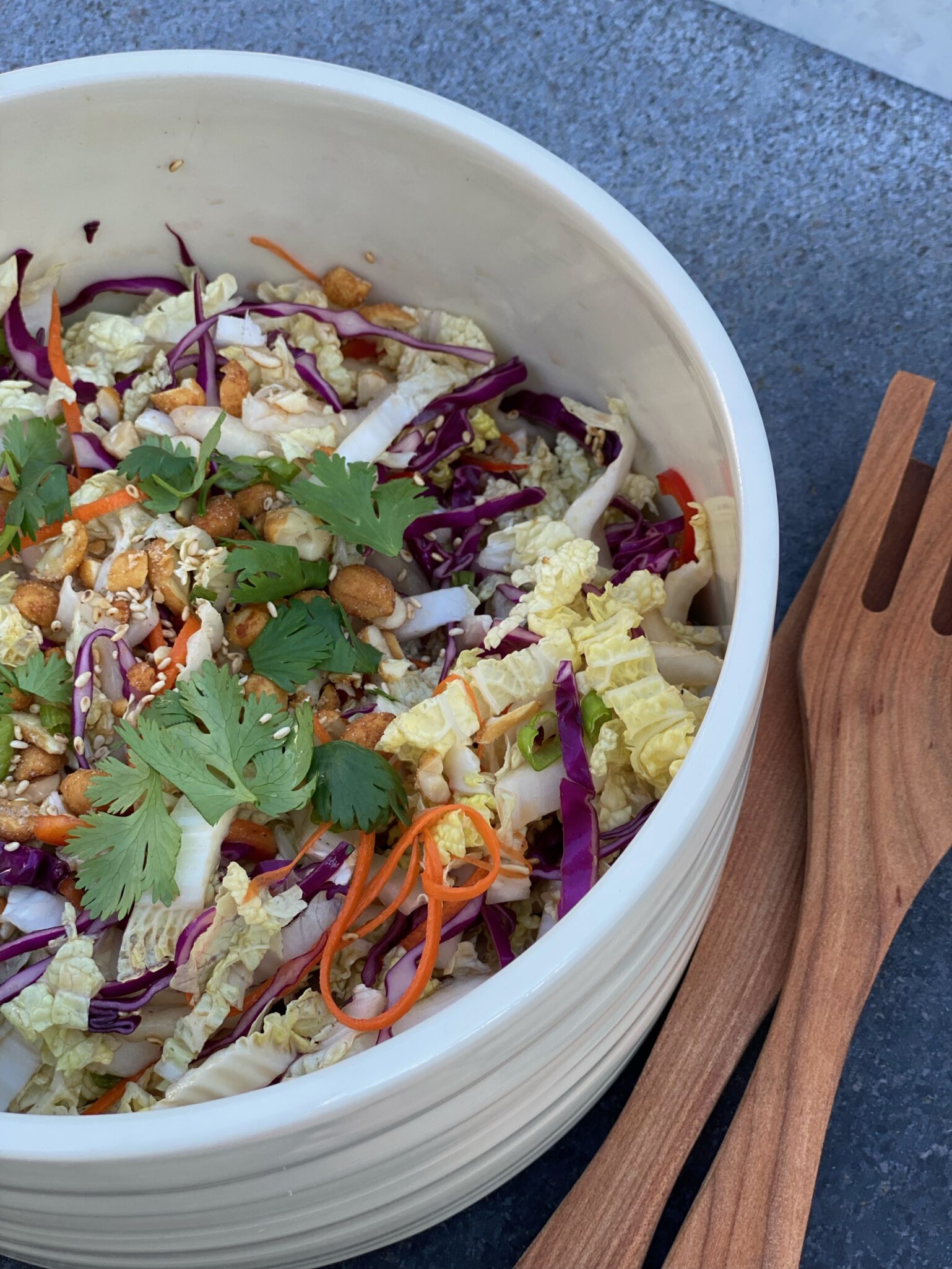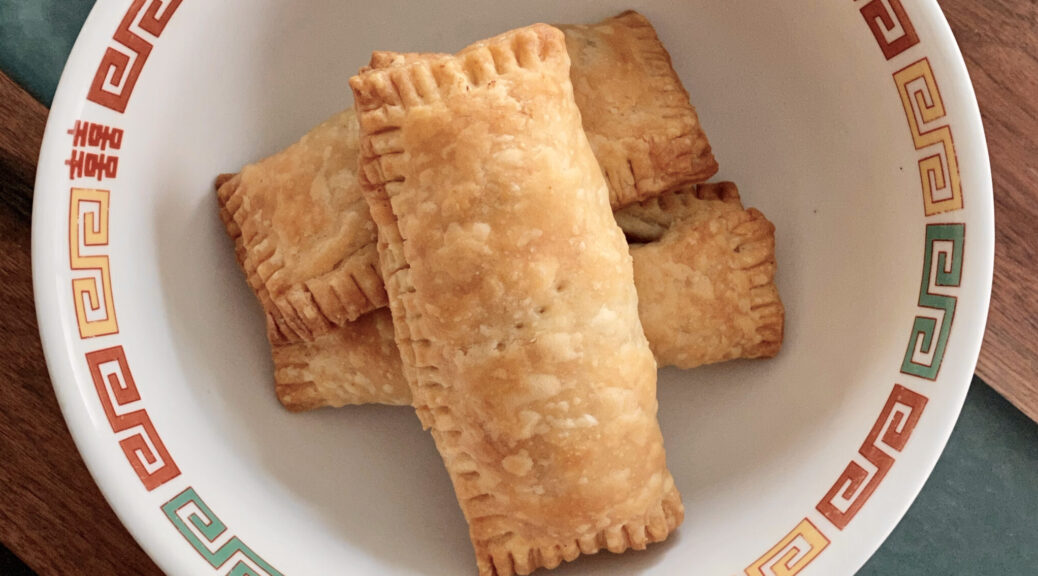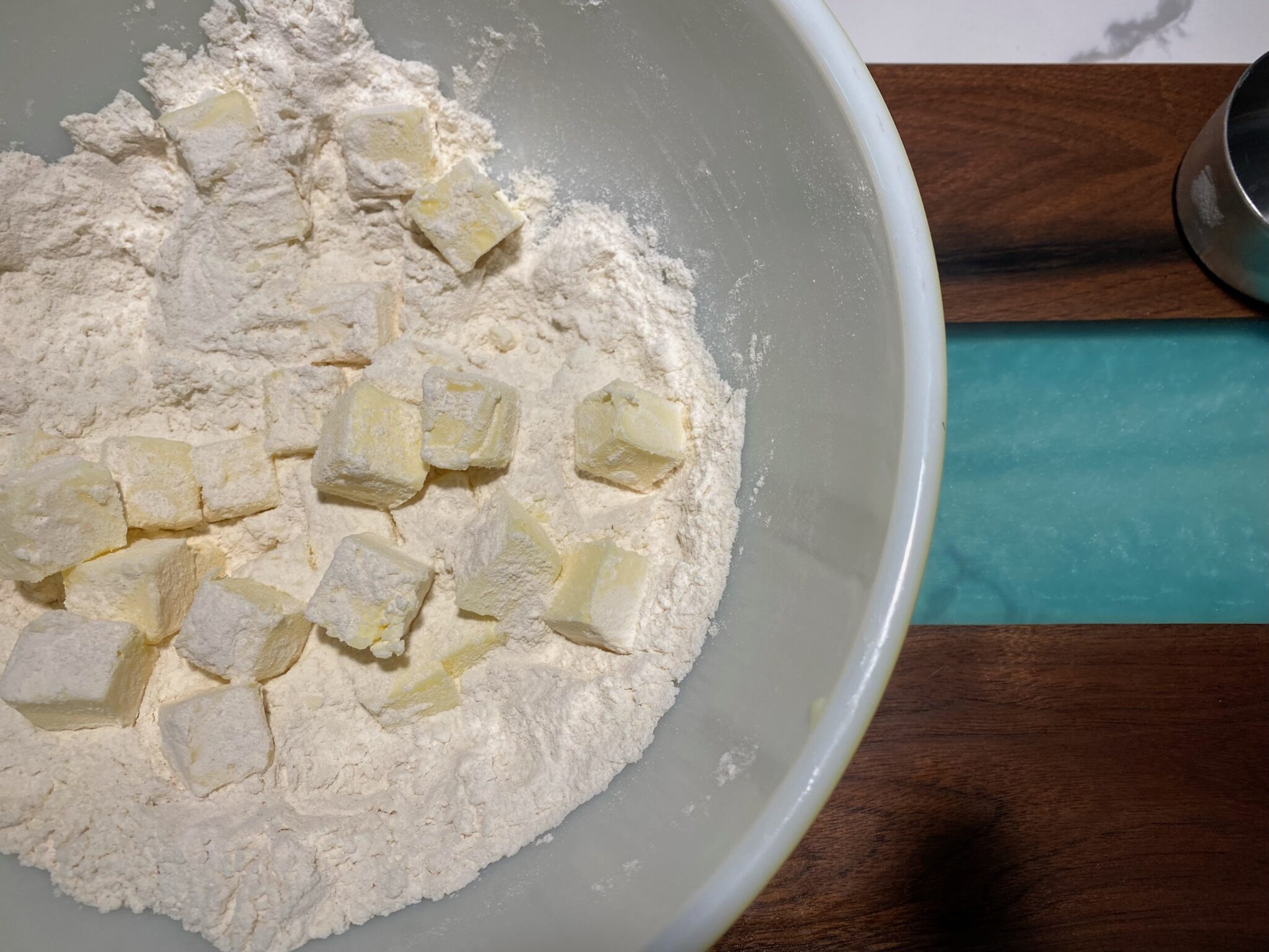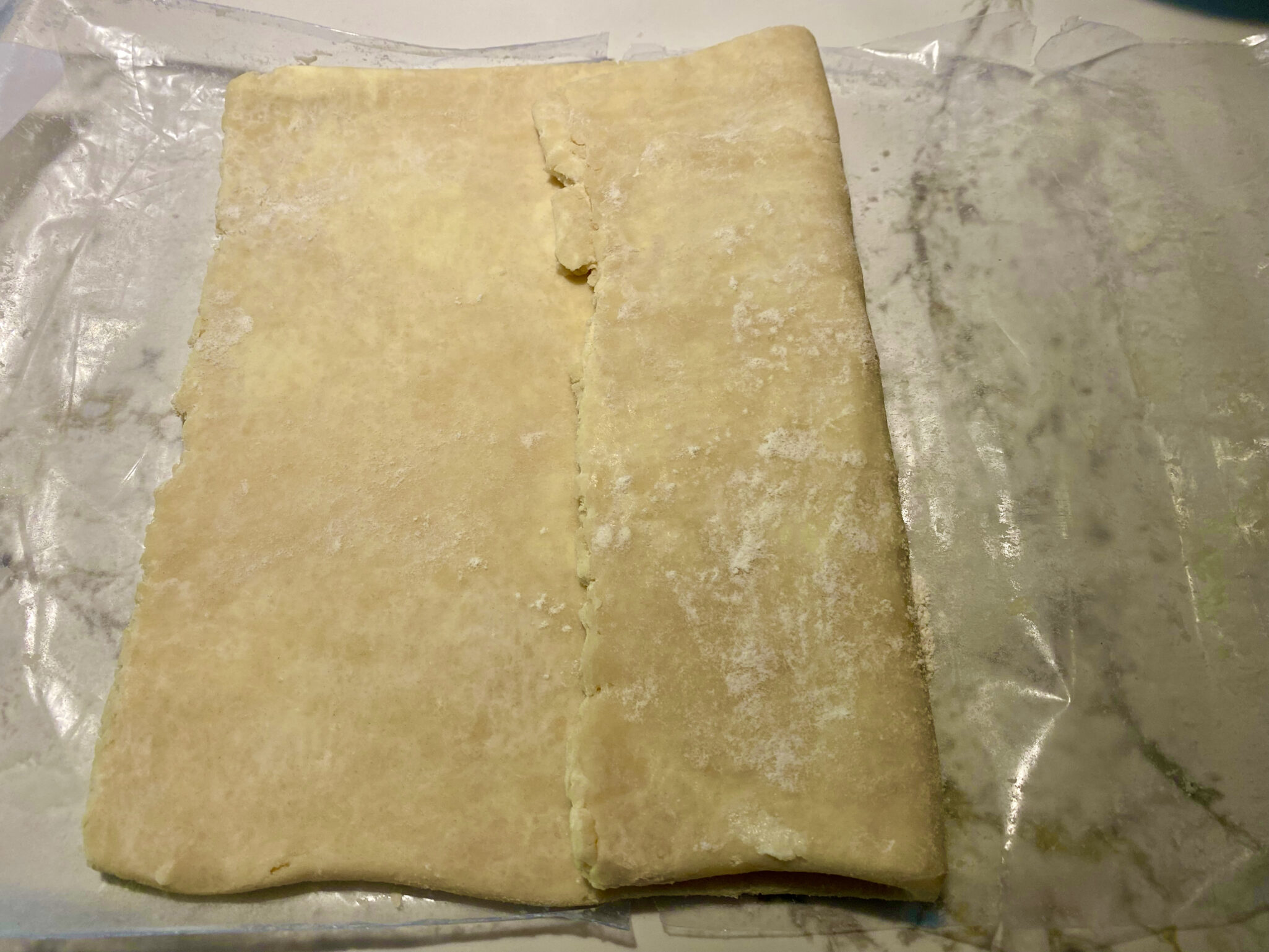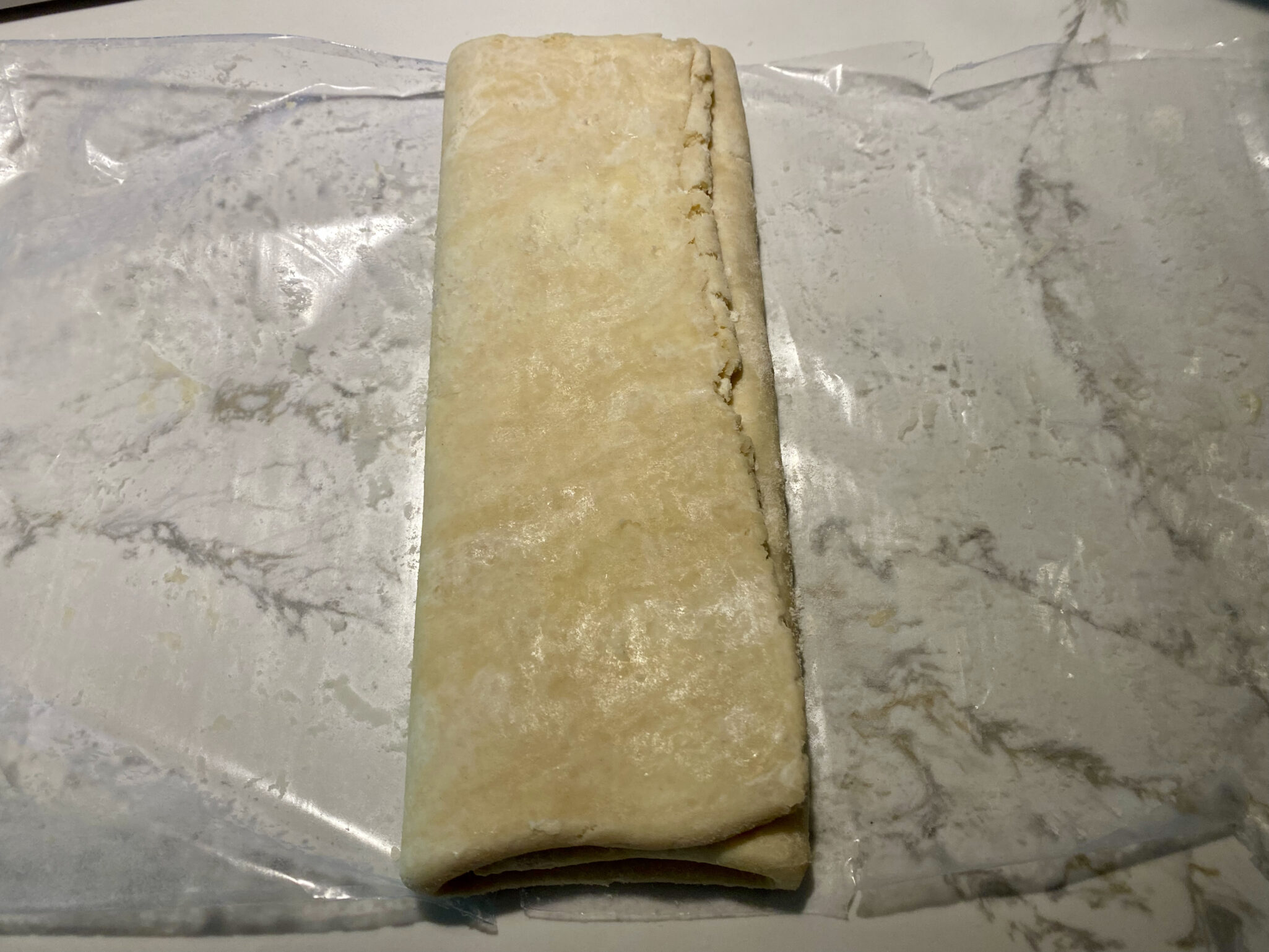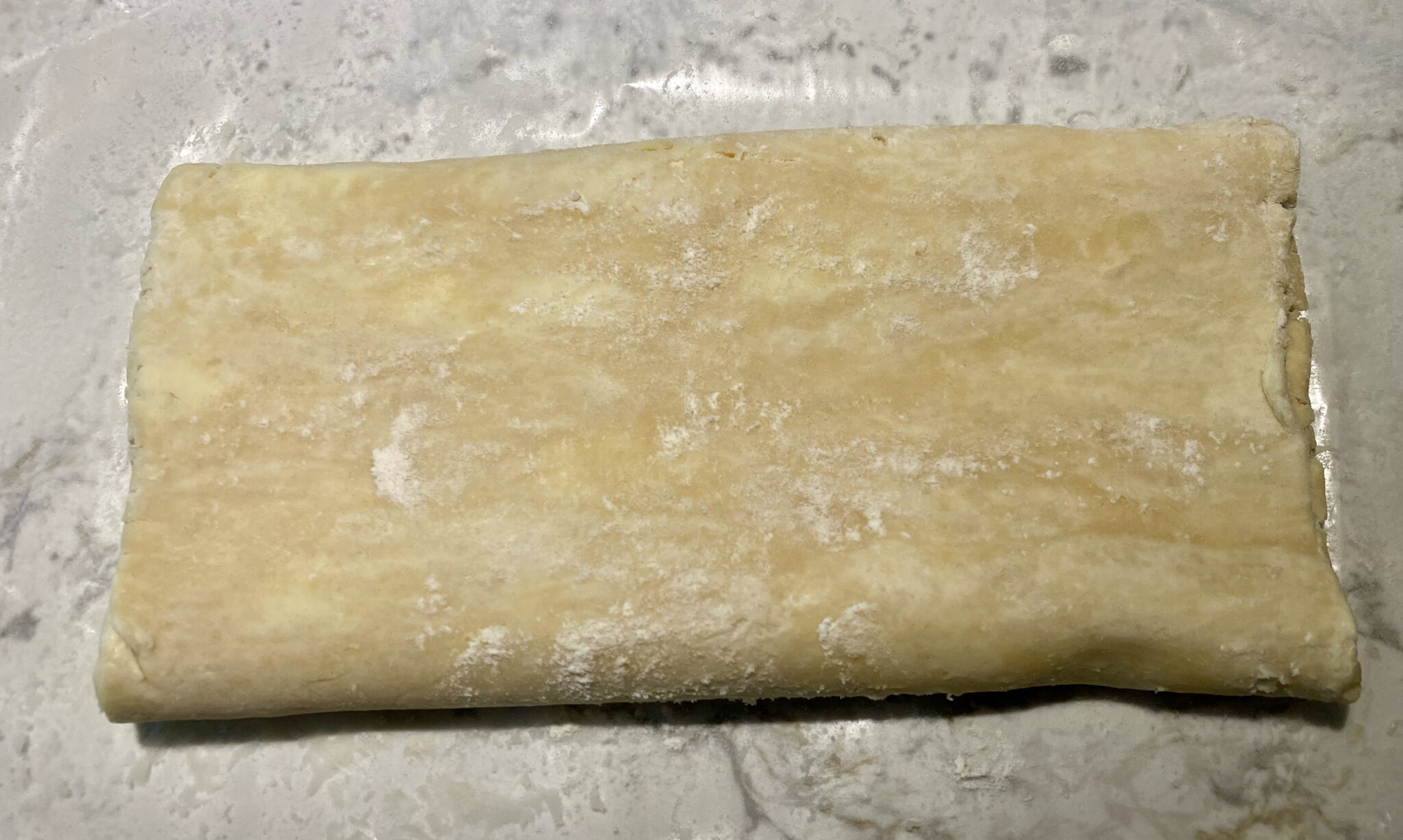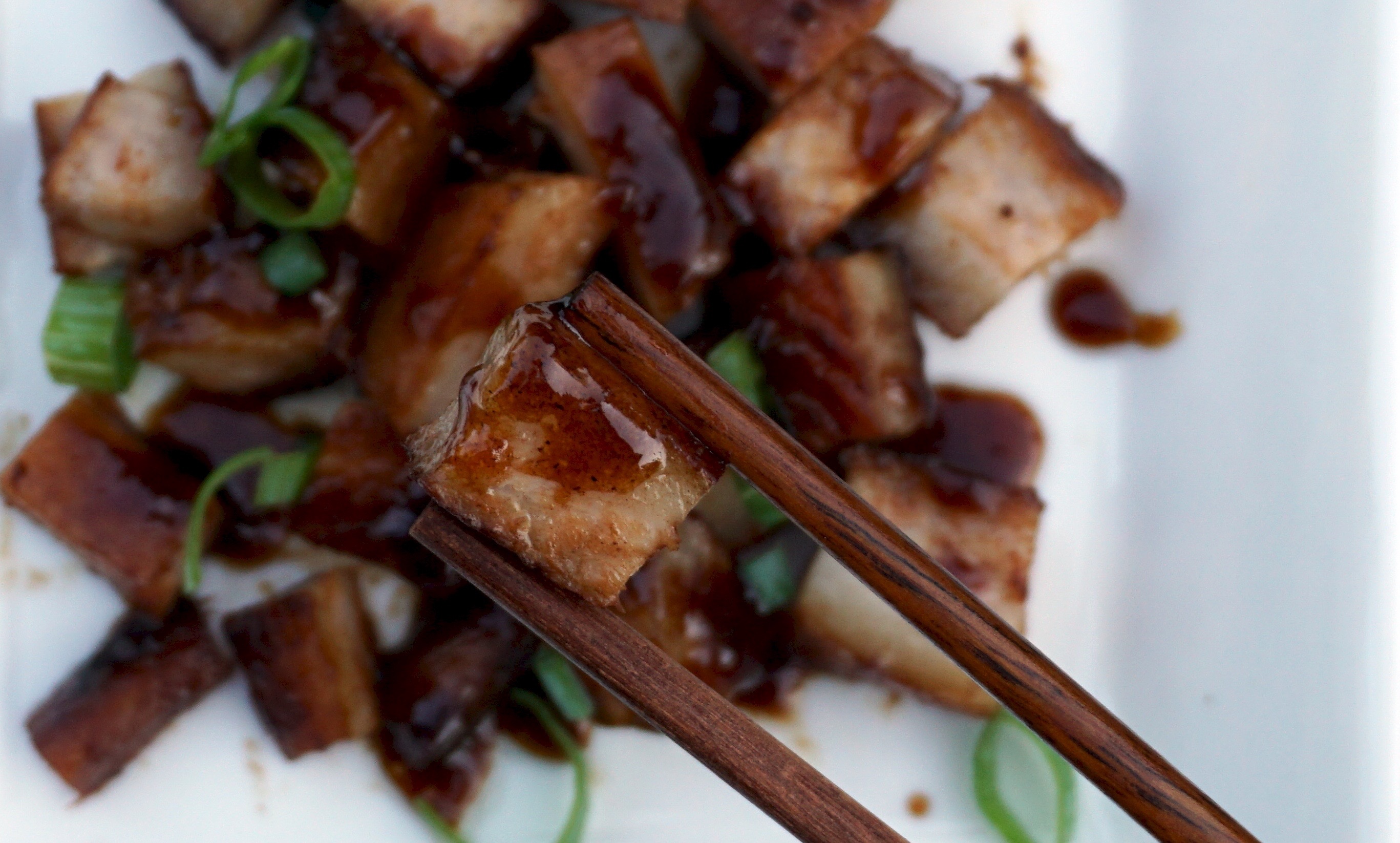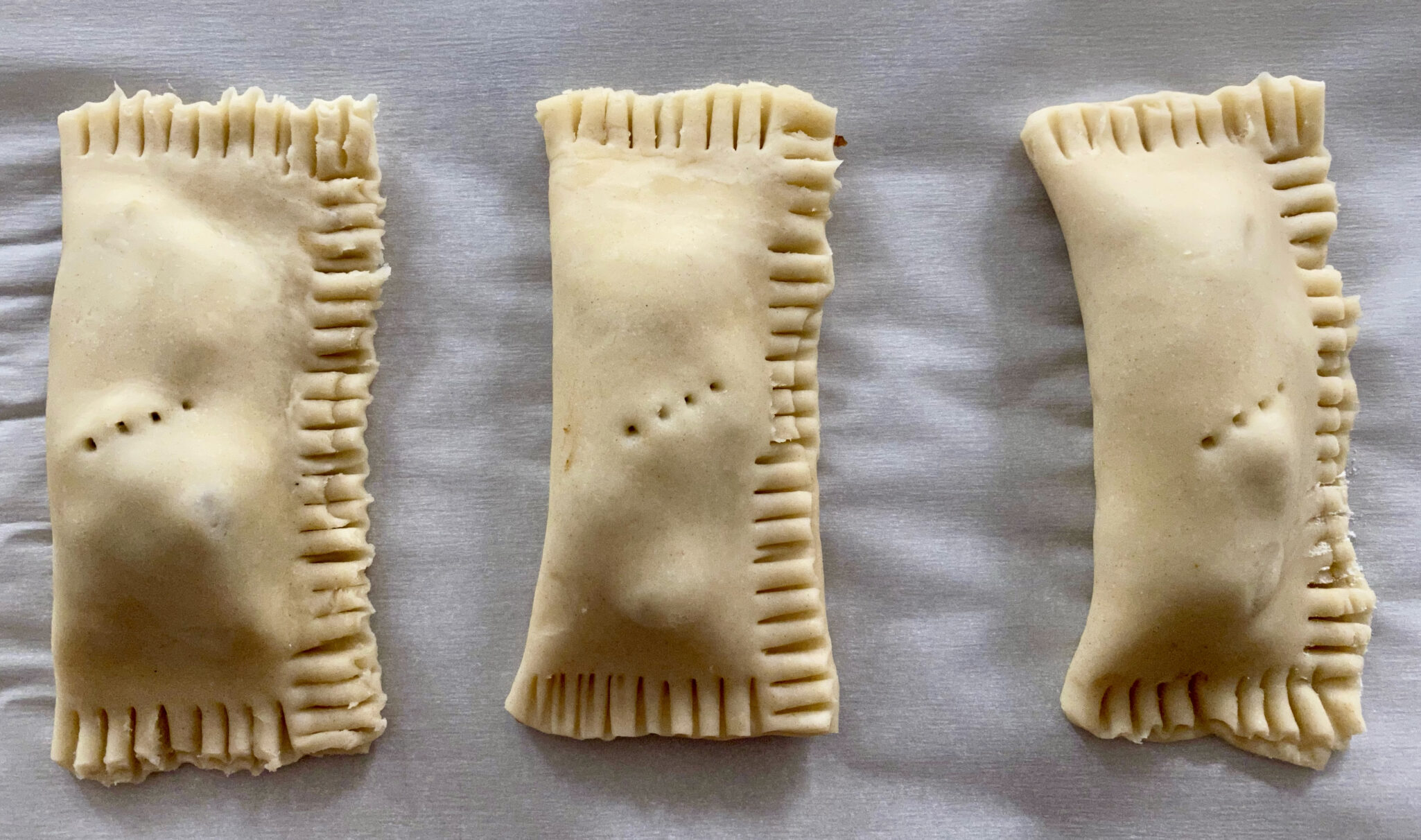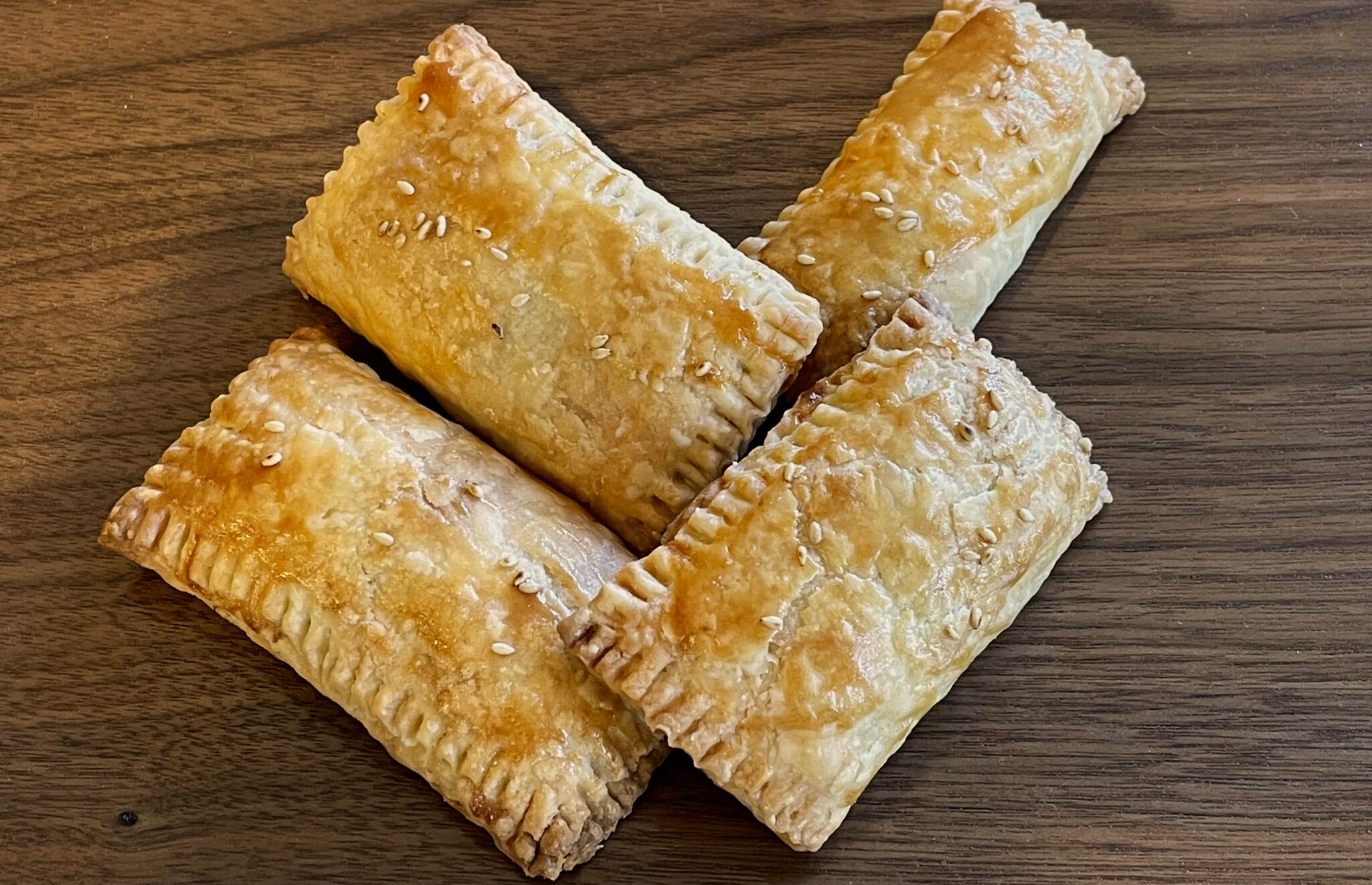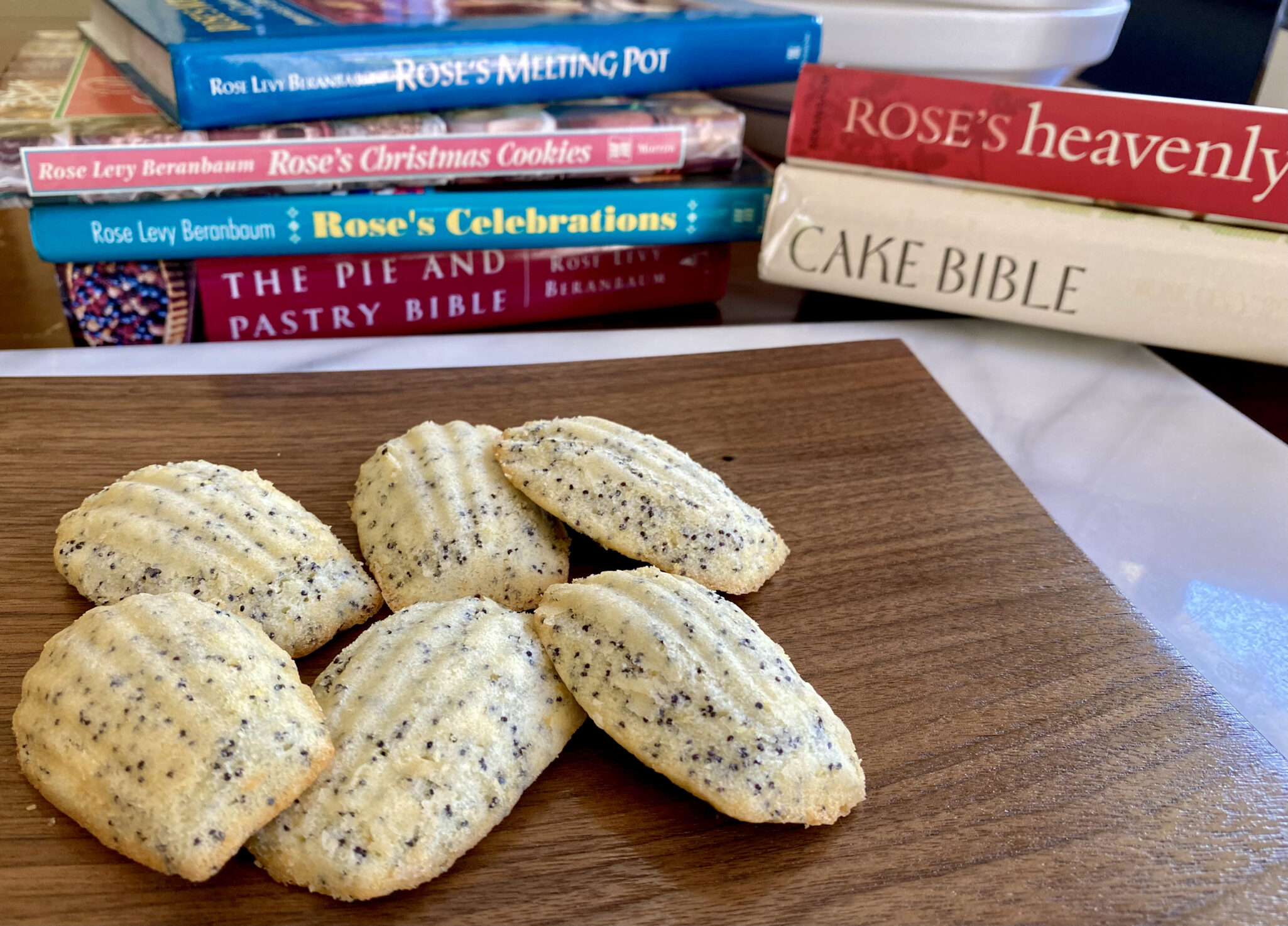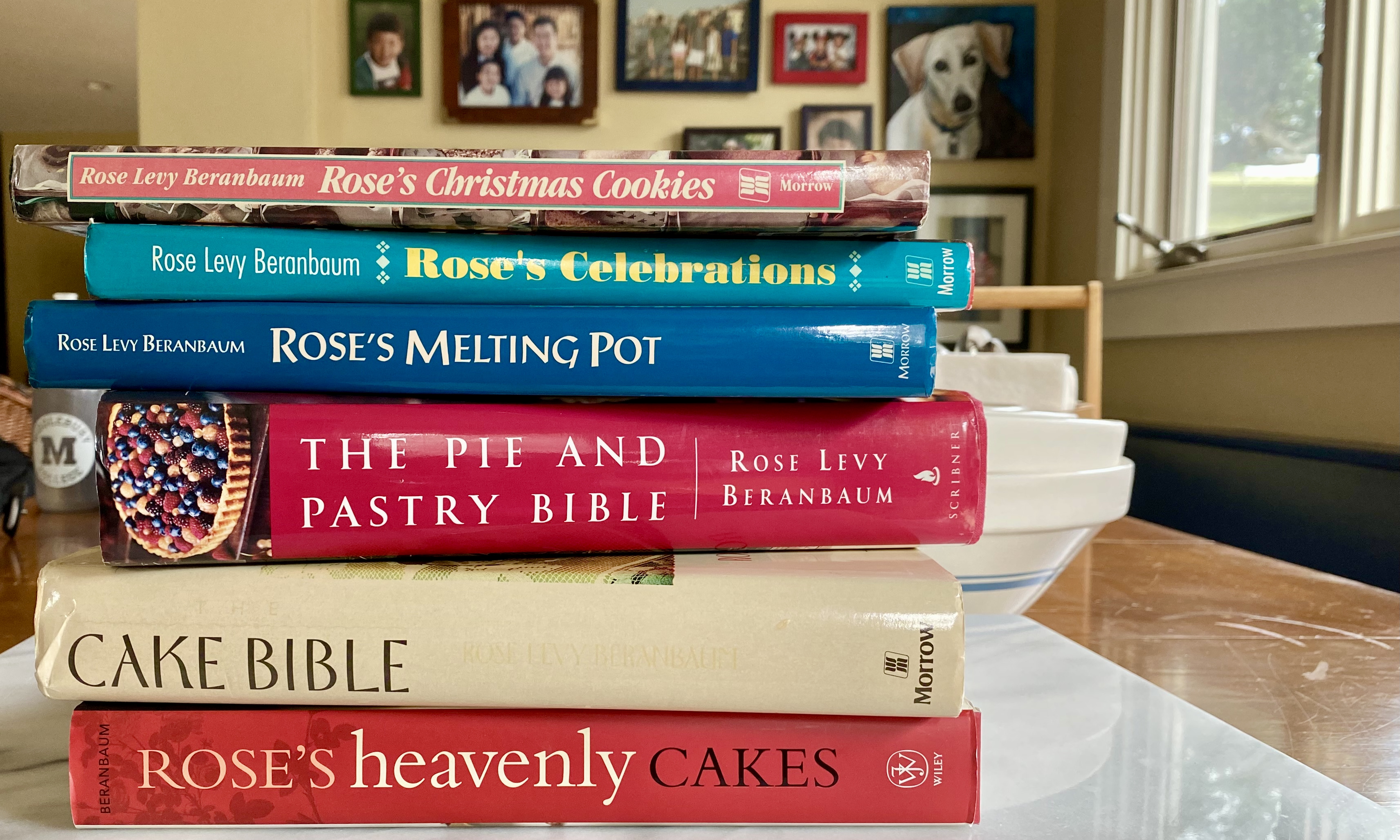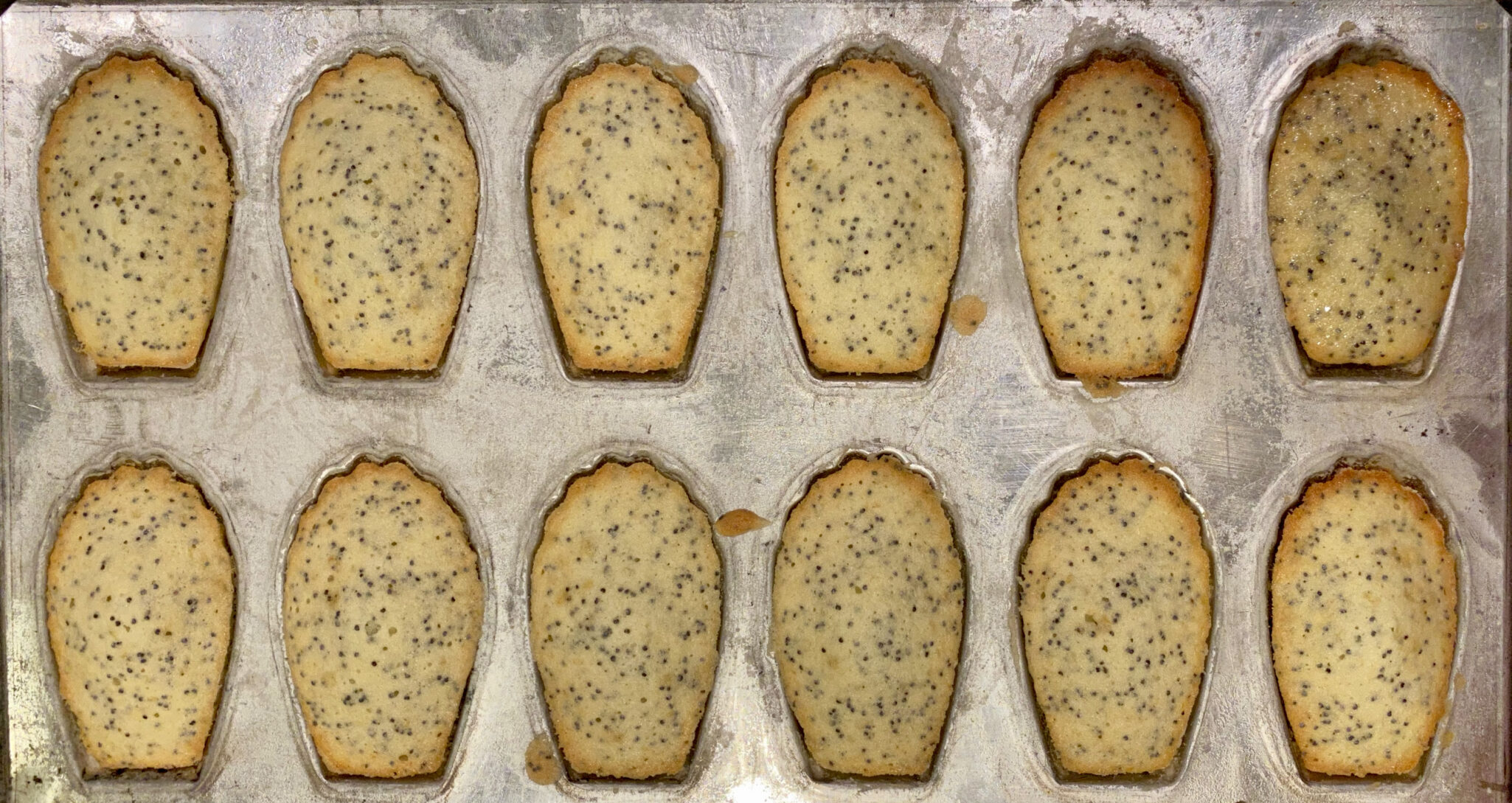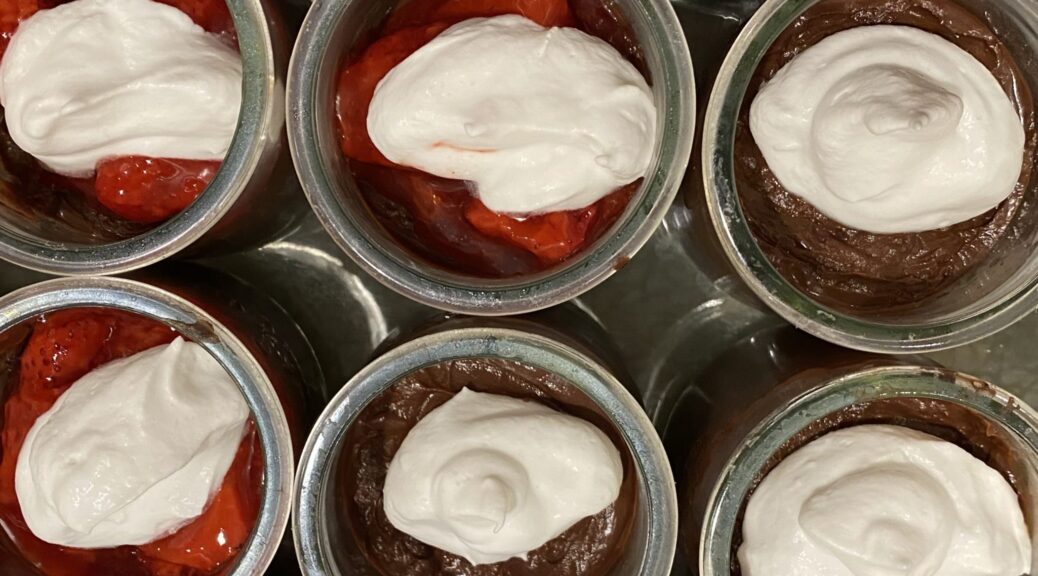
Whip It, Whip It Good (Coconut Whipped Cream)
We’re baaackkkkkkk! In person meetings, dinners in restaurants instead of take-out, classes on campus instead of on Zoom, we are adjusting to living with COVID. With midterms just around the corner, our political action group hosted a Democracy Dinner to re-engage and see folks in person. What better way to entice folks to join us than with food!
Dinner was outside, we live in California, where grillin and chillin is a distinct possibility 24-7-365. I stepped up to create a main dish and dessert for our Vegan dinner guests. The main dish was a no-brainer, Spicy Noodle Salad, vegan, plus perfect with whatever came off the grill, protein or veggie. The only glitch was the original recipe called for honey in the dressing. Made by bees, honey is on the no-fly list for vegans. I substituted Agave Syrup for the honey which worked seamlessly. Mission accomplished, onto dessert.
Pudding It All Together
The night of the last presidential elections, as I nervously watched the results roll in, I headed to the kitchen to make something to eat to calm my frayed nerves. I landed on NYTcooking’s recipe for a Chocolate Pudding made with Oat Milk. A snap to make, it was chilling in the fridge within minutes. Intensely chocolate, which appealed to my grown-up tastebuds, while the smooth, creamy texture of the pudding made me feel like a kid again. AND, it’s vegan, oh yeah. Dessert solved.
Nifty Thrifty Wow Factor
A layer of strawberry compote in between the chocolate pudding and a voluptuous coconut whipped cream on top gave the pudding a little more panache. I rationalized splurging on expensive French yogurt by repurposing those cute little glass yogurt jars for the pudding.
Whip It, Whip It Good
I LOVE whipped cream. So what’s a girl to do if she can’t have the perfect topping for vegan dessert? Coconut Milk to the rescue. A favorite vegan, gluten-free site, Minimalist Baker was ground zero for tips on how to make a delicious vegan whipped cream from coconut milk.
Start the day before you need whipped cream. Why? You need to chill the coconut milk to separate the cream from the liquid. You will be using the cream part only.
My two favorite brands of coconut milk are Chaokoh and Aroy-D. Having Aroy-D in my pantry, I placed a can in the fridge. The overnight chill in the fridge is key to creating two distinct layers. Aroy-D worked perfectly. Both brands are found in most Asian Grocery stores. Minimalist Baker likes Whole Foods 365 Coconut Milk, which might be more accessible.
Open the can, the solids will be on top, scoop all of the solidified coconut milk out and place in a chilled mixing bowl then place the coconut solids in a chilled bowl. Whip for 30 seconds then add powdered sugar and vanilla. I used 1/2 cup powdered sugar and it was pretty sweet. The range is 1/4 cup to 3/4 cup of sugar which you can to taste, definitely start with 1/4 cup and go from there. Beat an additional minute or until light and fluffy. Don’t overbeat as the cream will break down.
This is the perfect vegan substitute for regular whipped cream! But, it is so good I would make it even if I didn’t need a vegan alternative.
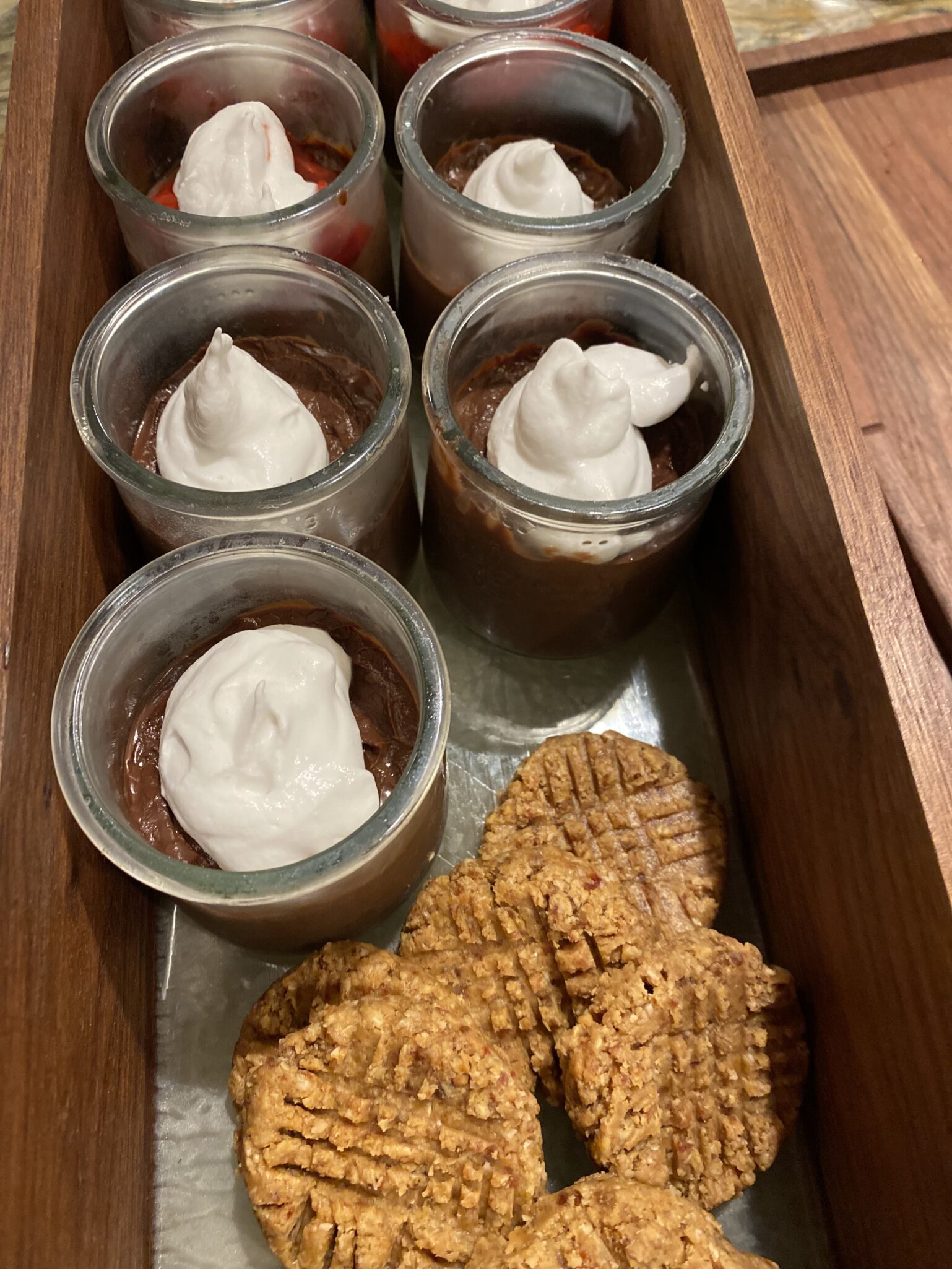
Ridiculously easy Vegan Peanut Butter Cookies,Vegan Peanut Butter Cookies, like Fred and Ginger, a perfect pairing with Chocolate Puddin
To half of the puddings I added a layer of strawberry compote. Adapted from Sally’s Baking Addiction, it’s easy and delicious. Think of it as additional bling.
Coconut Whipped Cream
Ingredients
- 1 14-ounce can coconut cream or full fat coconut milk* (Savoy Coconut Cream, Aroy-D Coconut Milk, and Nature's Charm Coconut Whipping Cream work best!)
- 1/4 - 3/4 cup icing/powdered sugar use organic to ensure vegan friendliness
- 1/2 tsp vanilla extract optional
Instructions
- Chill your coconut cream or coconut milk in the refrigerator overnight (see notes for top brands!), being sure not to shake or tip the can to encourage separation of the cream and liquid. See notes for more insight / troubleshooting.
- The next day, chill a large mixing bowl 10 minutes before whipping.
- Remove the coconut cream or milk from the fridge without tipping or shaking and remove the lid. Scrape out the top, thickened cream and leave the liquid behind (reserve for use in smoothies).
- Note: if your coconut milk didn't harden, you probably just got a dud can without the right fat content. In that case, you can try to salvage it with a bit of tapioca flour - 1 to 4 Tbsp (amount as original recipe is written // adjust if altering batch size)- during the whipping process. That has worked for me several times.
- Place hardened cream in your chilled mixing bowl. Beat for 30 seconds with a mixer until creamy. Then add vanilla (optional) and powdered sugar (or stevia) and mix until creamy and smooth - about 1 minute. Avoid overwhipping because it can cause separation. Taste and adjust sweetness as needed.
- Use immediately or refrigerate - it will harden and set in the fridge the longer it's chilled. Will keep for up to 1 - 2 weeks!
- Coconut whipped cream is perfect for topping desserts like pie, hot cocoa and ice cream. It's also ideal for french toast, pie fillings, mousse, and even no-churn ice cream!
Strawberry Sauce
Ingredients
- 1 Tablespoon cornstarch
- 3 Tablespoons cold water
- 1 lb strawberries hulled and sliced in half
- zest and juice from 1/2 small lemon
- 1/4 cup granulated sugar 50g
- 1 teaspoon vanilla extract
Instructions
- In a small bowl, whisk the cornstarch and water together until all the cornstarch has dissolved.
- Place the cornstarch mixture, along with the rest of the ingredients, into a small saucepan over medium heat. Using a wooden spoon or rubber spatula, stir the mixture as it cooks. Break up some of the strawberries as you stir.
- Bring it to a simmer and allow to simmer for 5 minutes, stirring constantly. After 5 minutes, remove pan from the heat and allow to cool. Add vanilla extract. The mixture will thicken as it cools.
